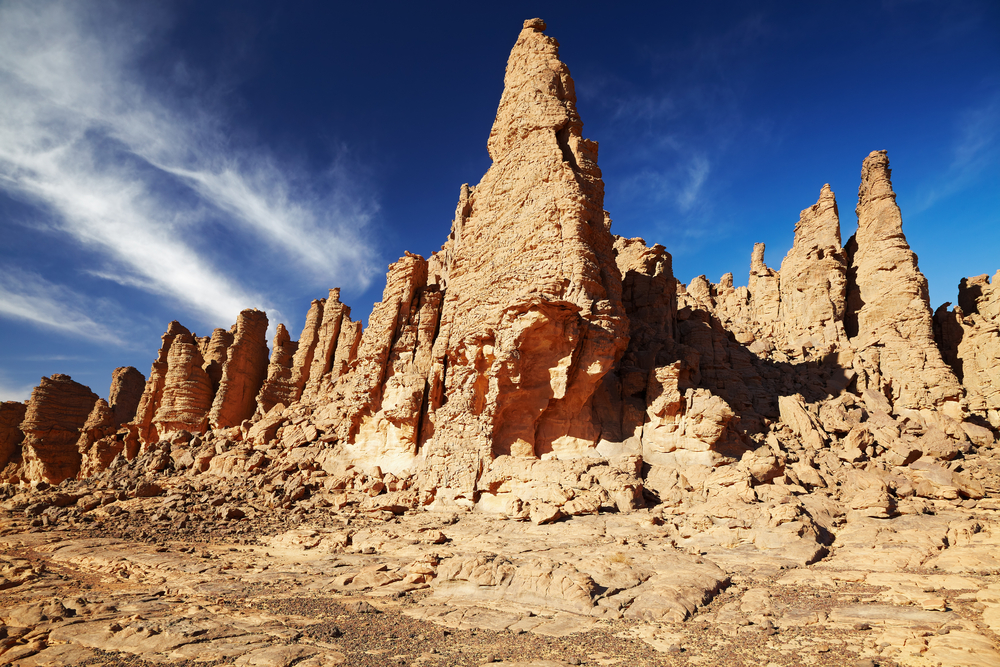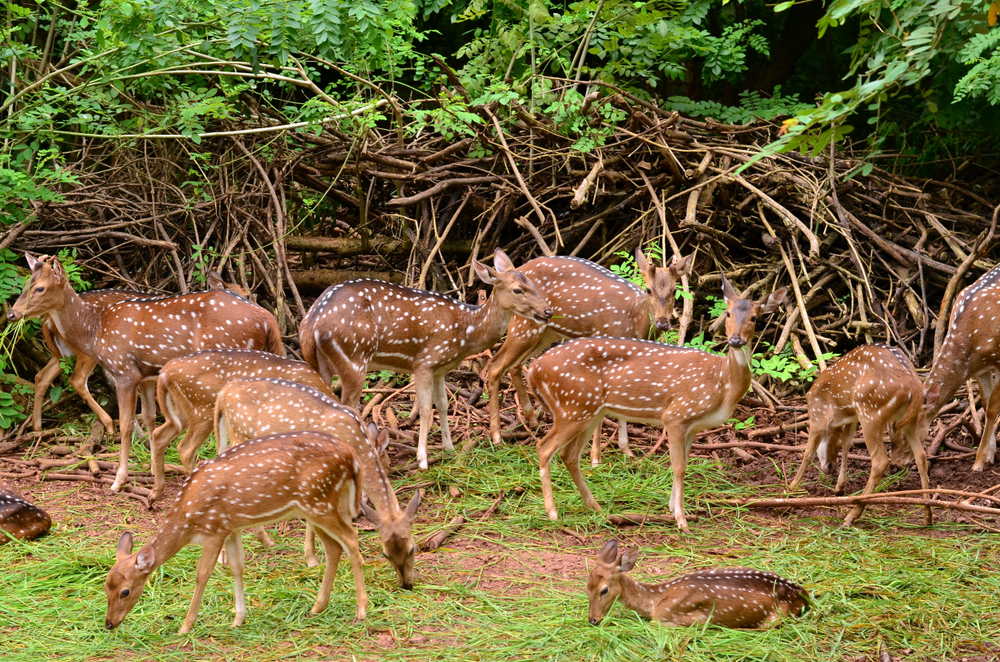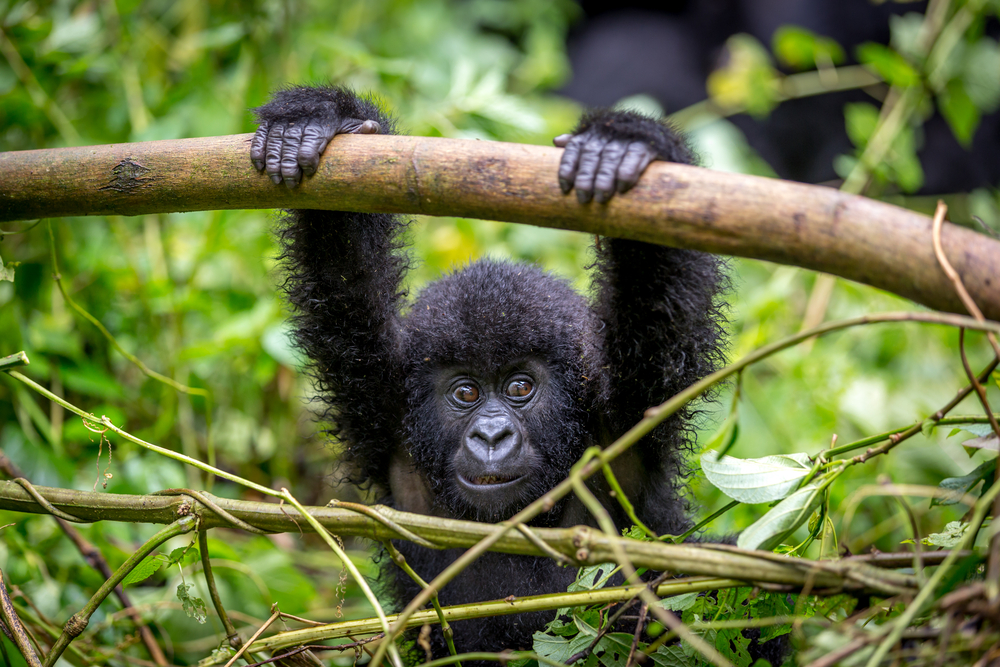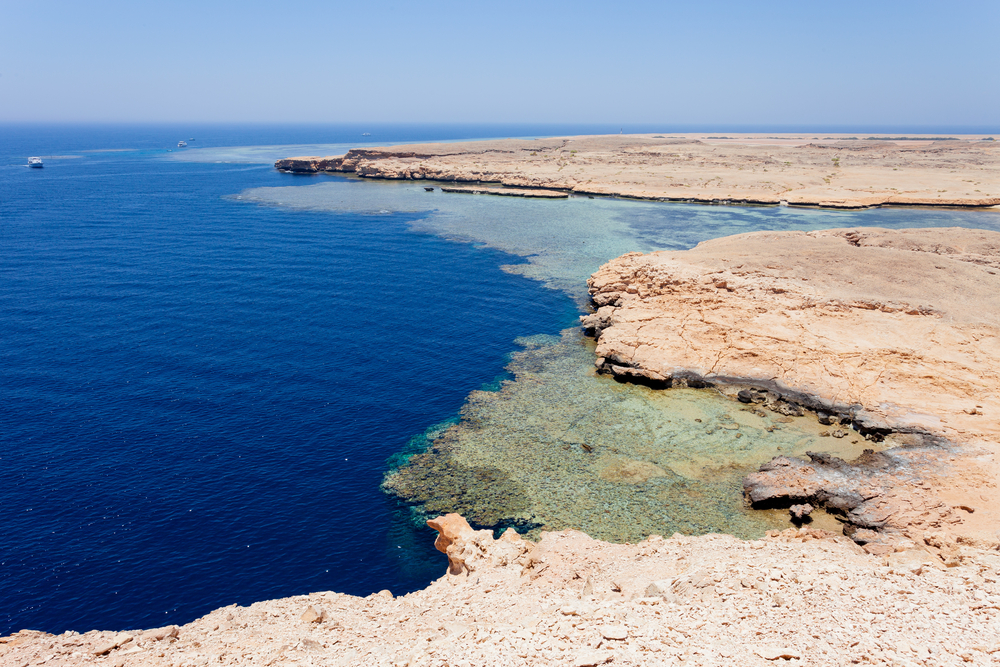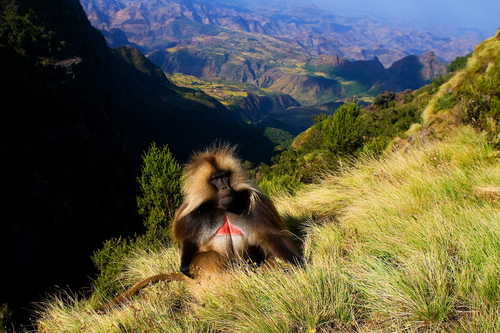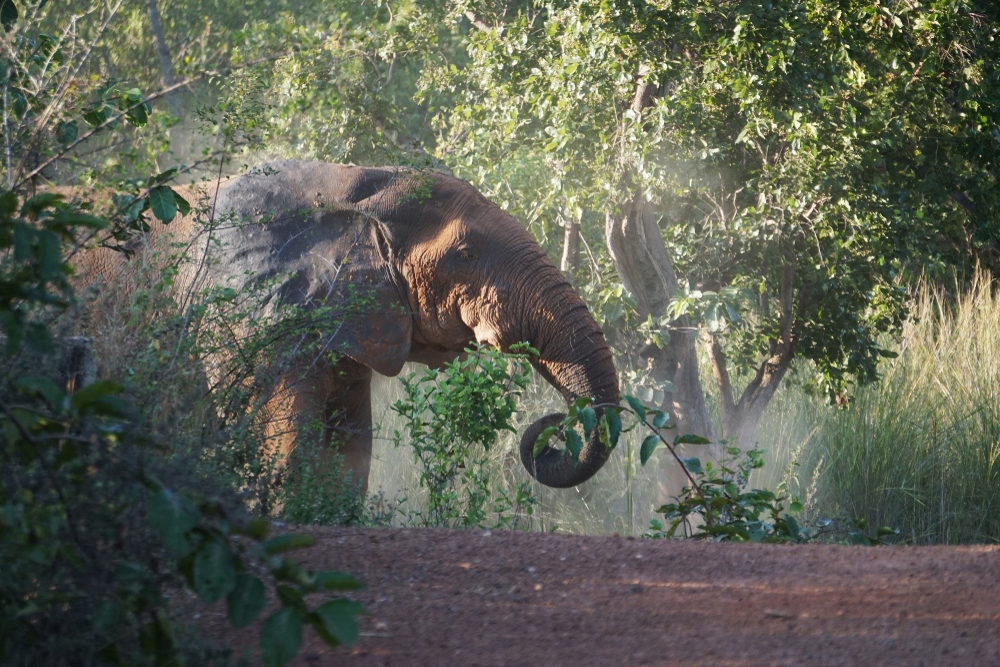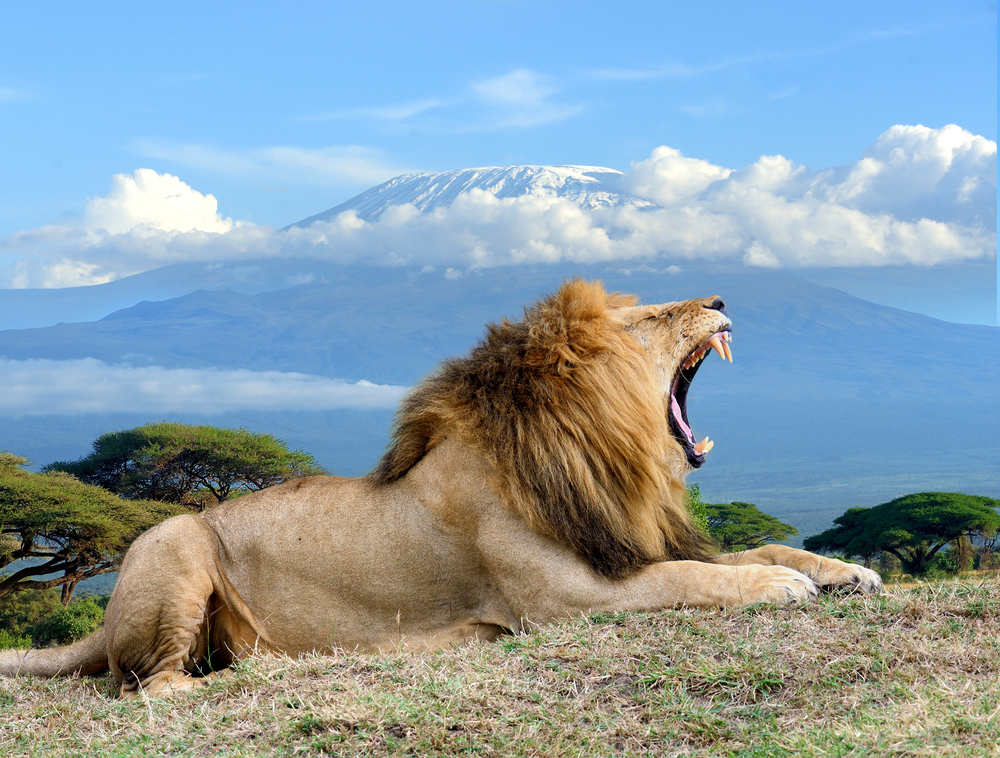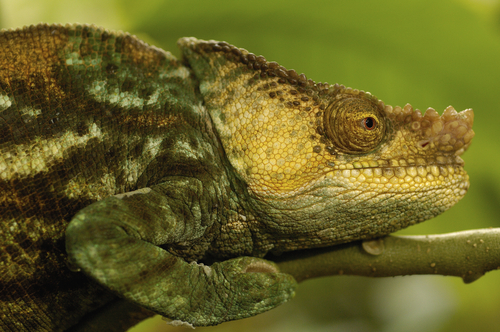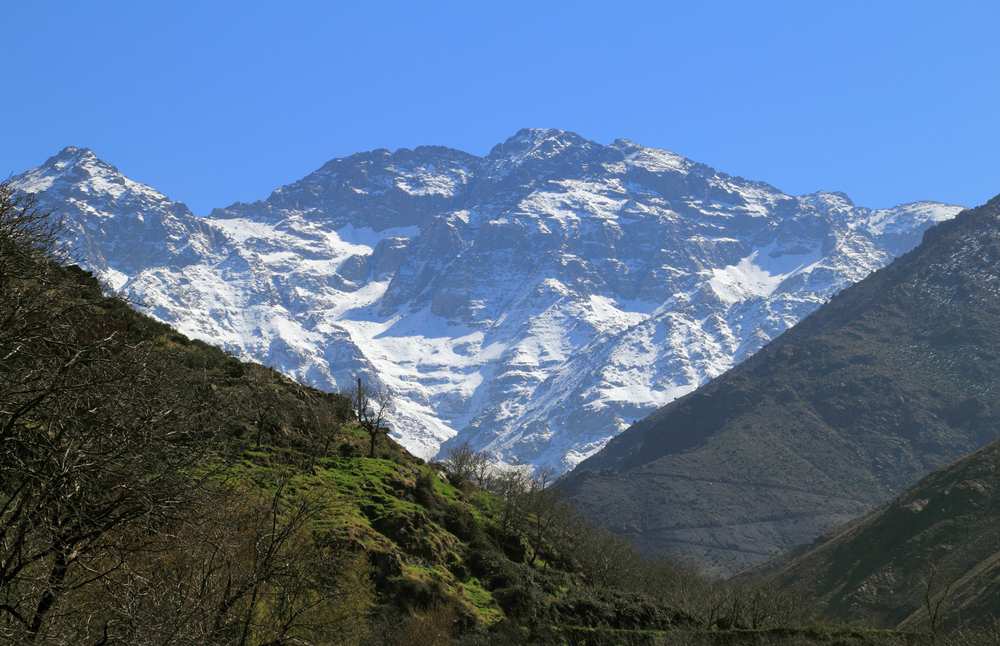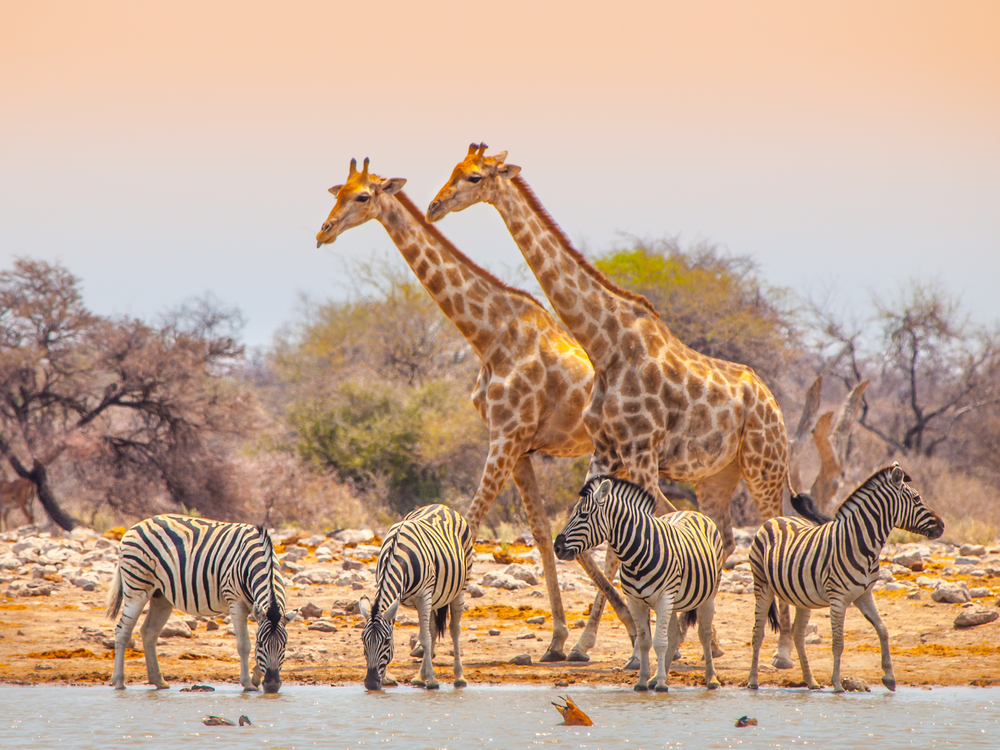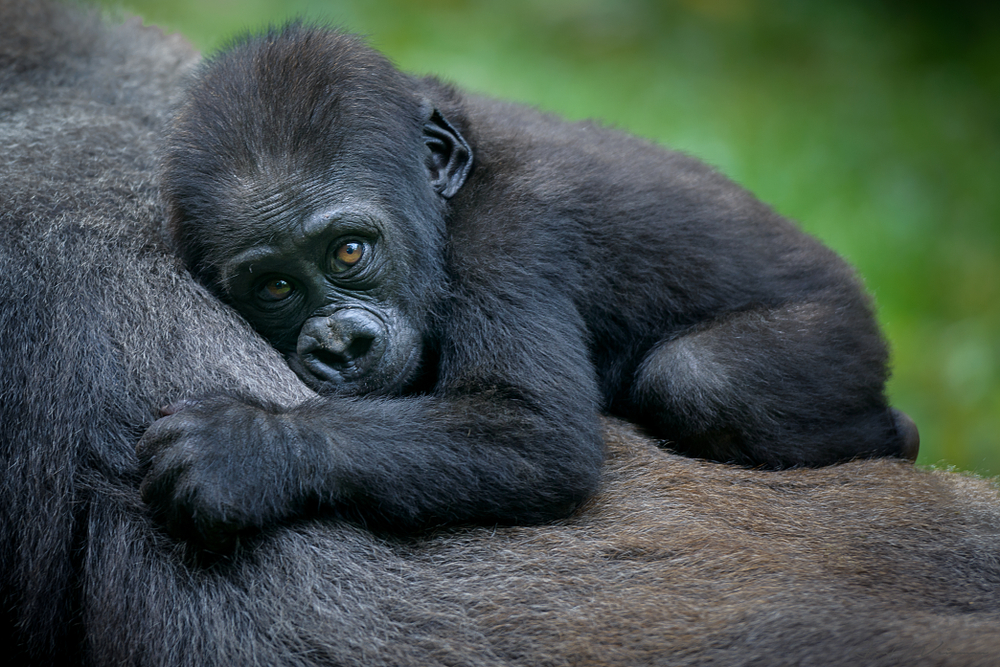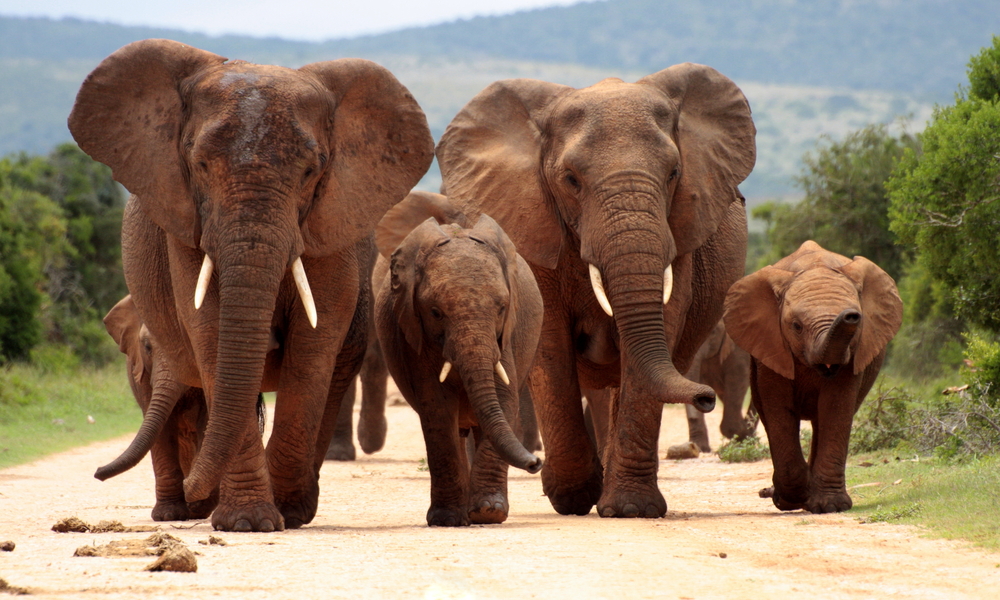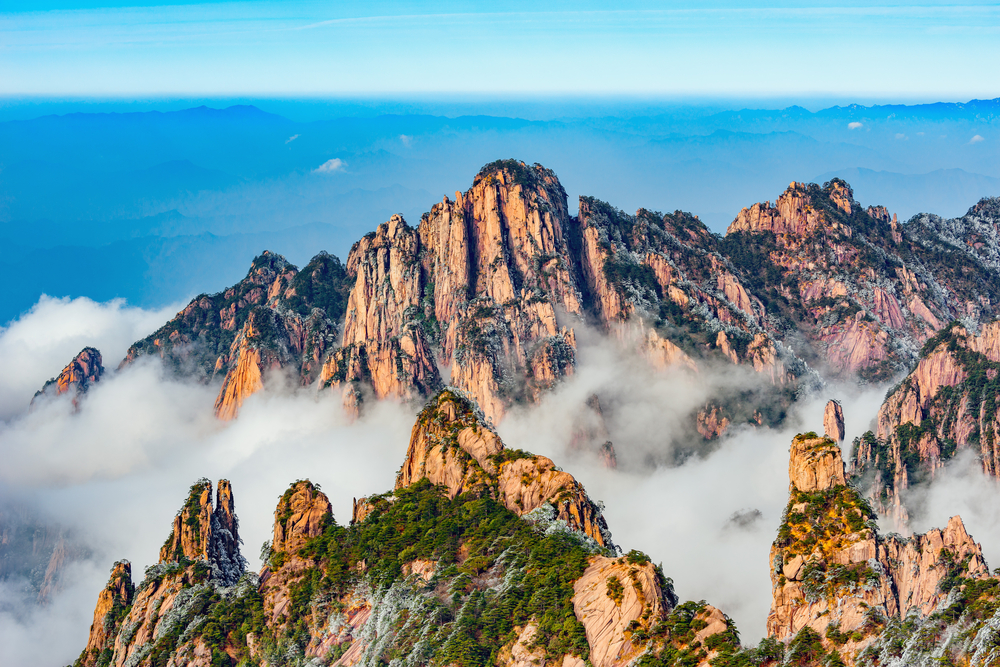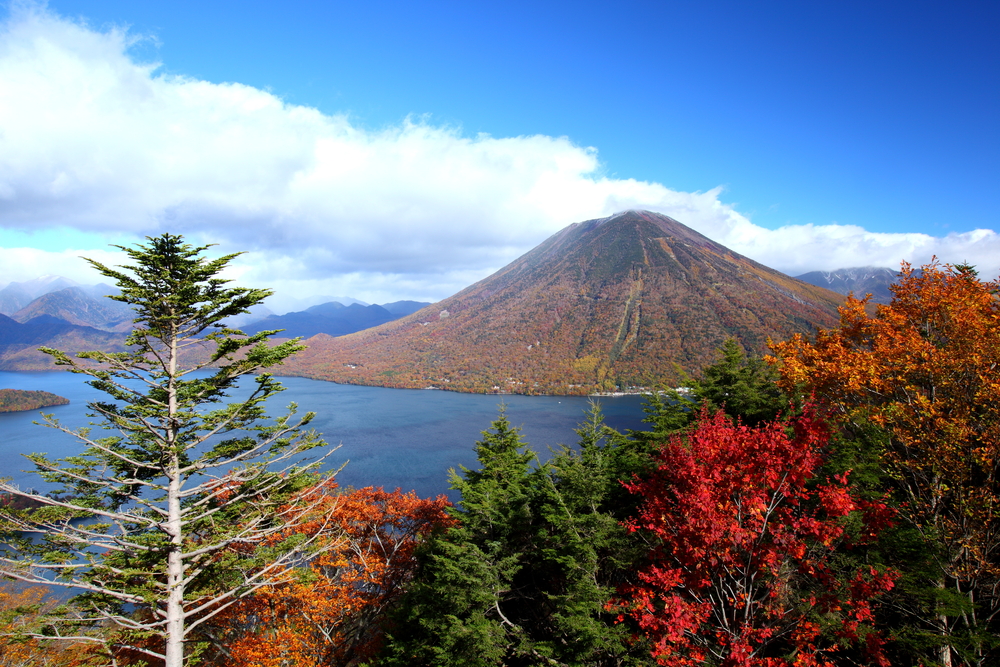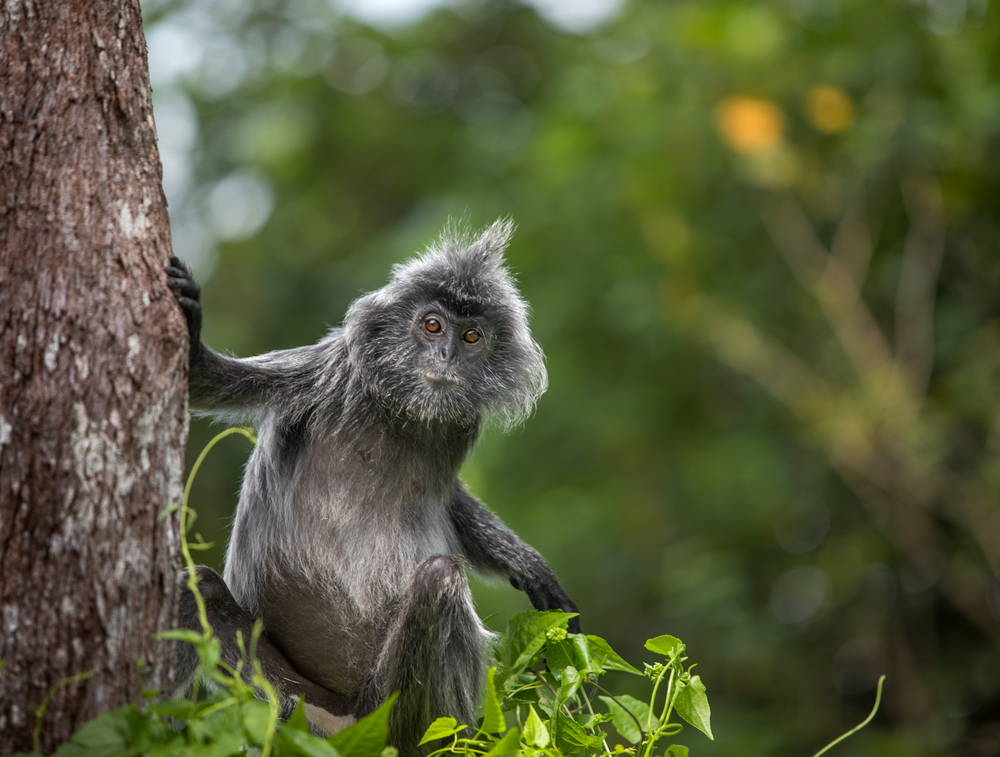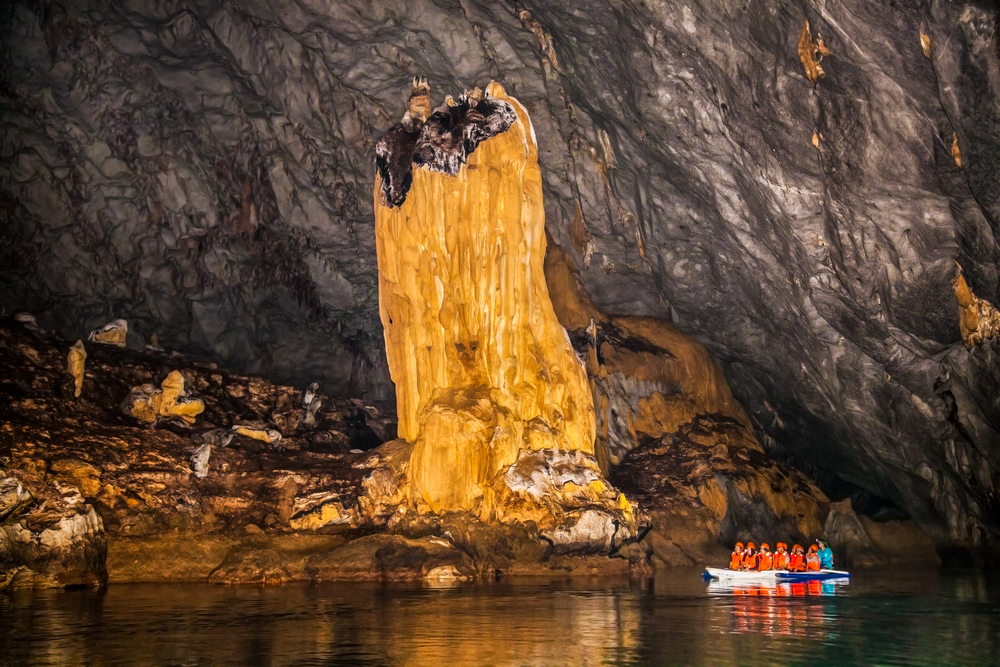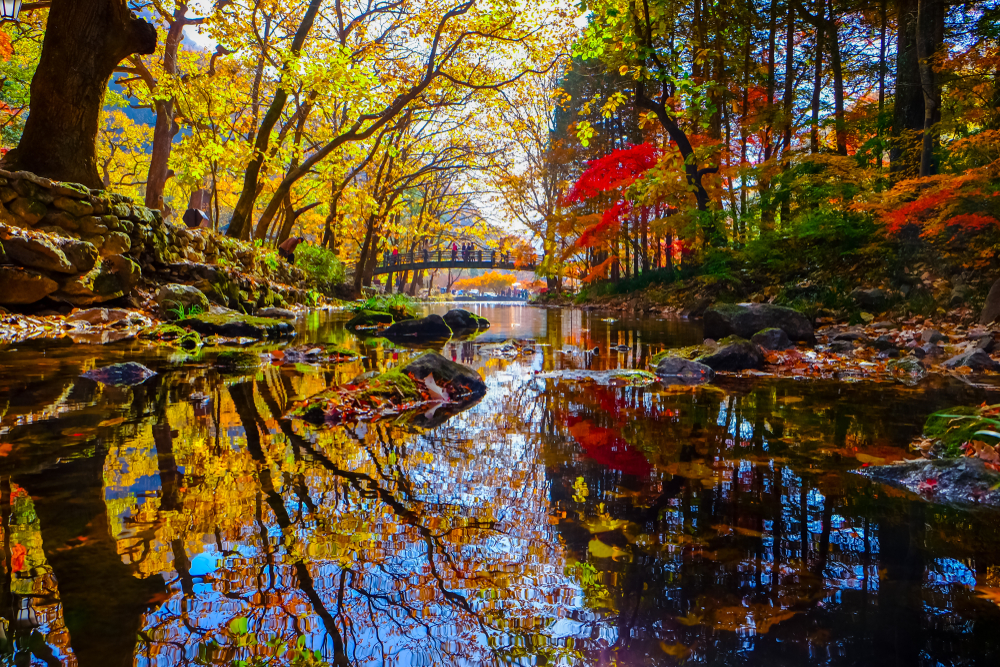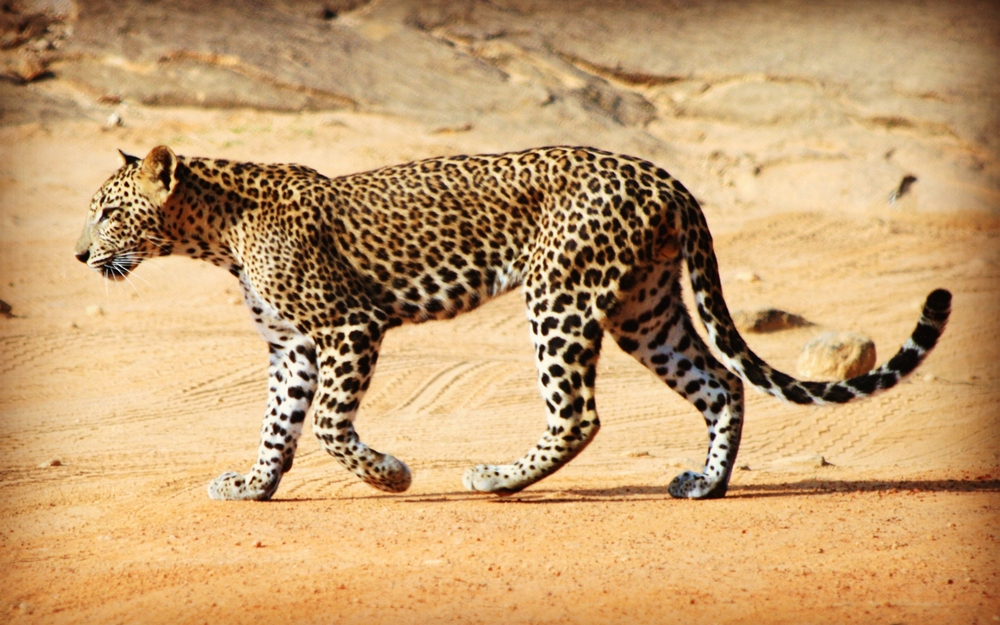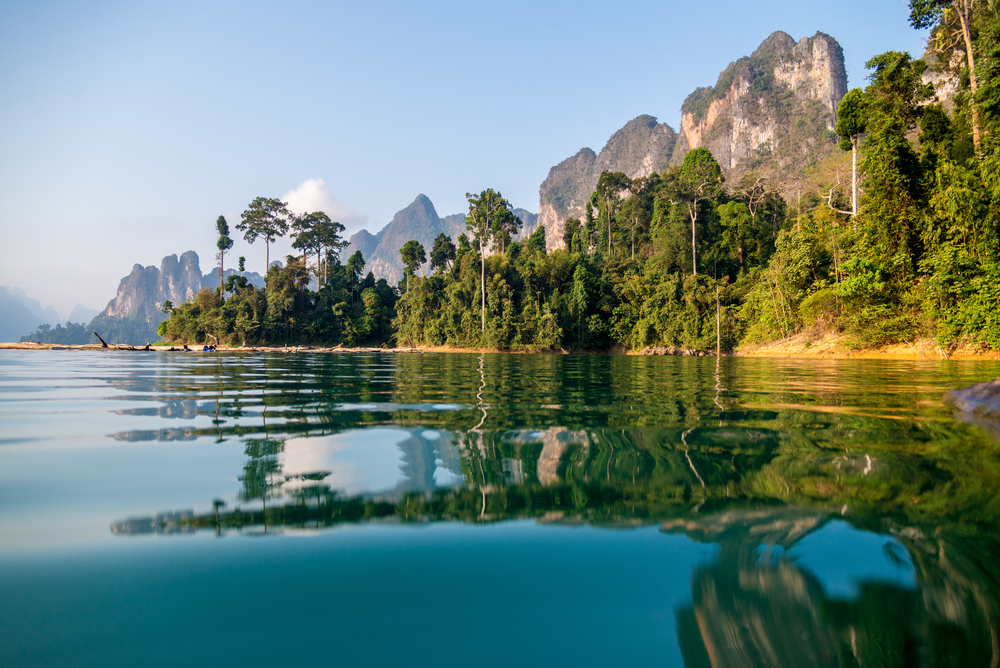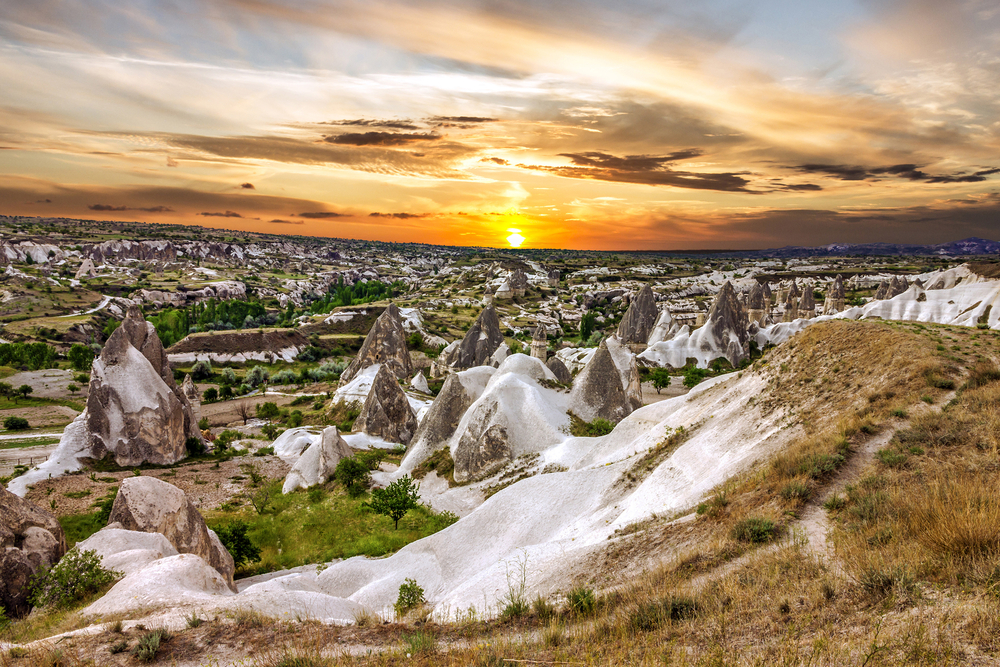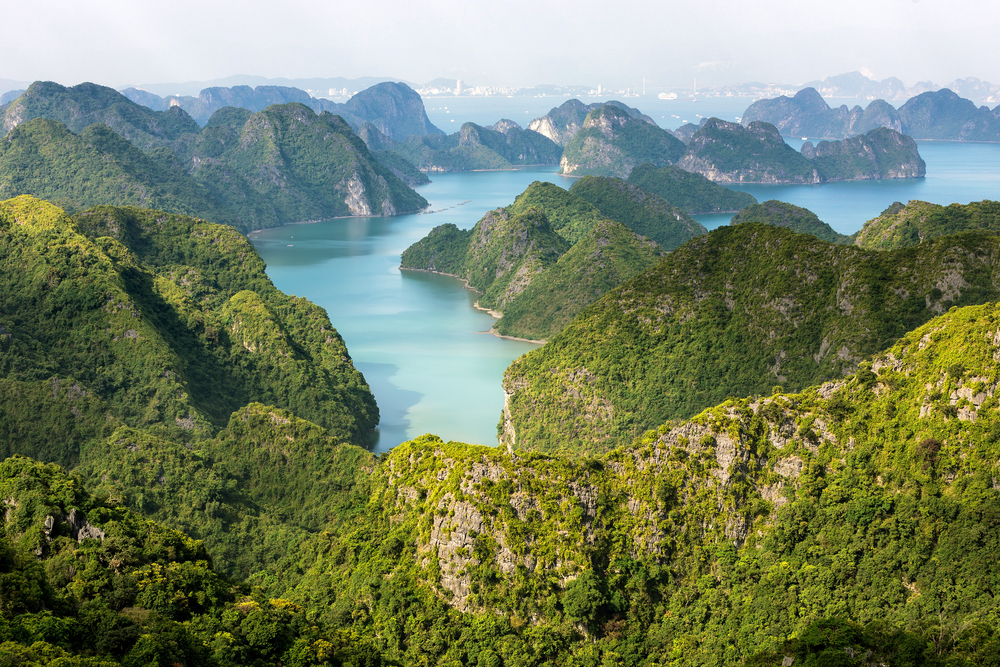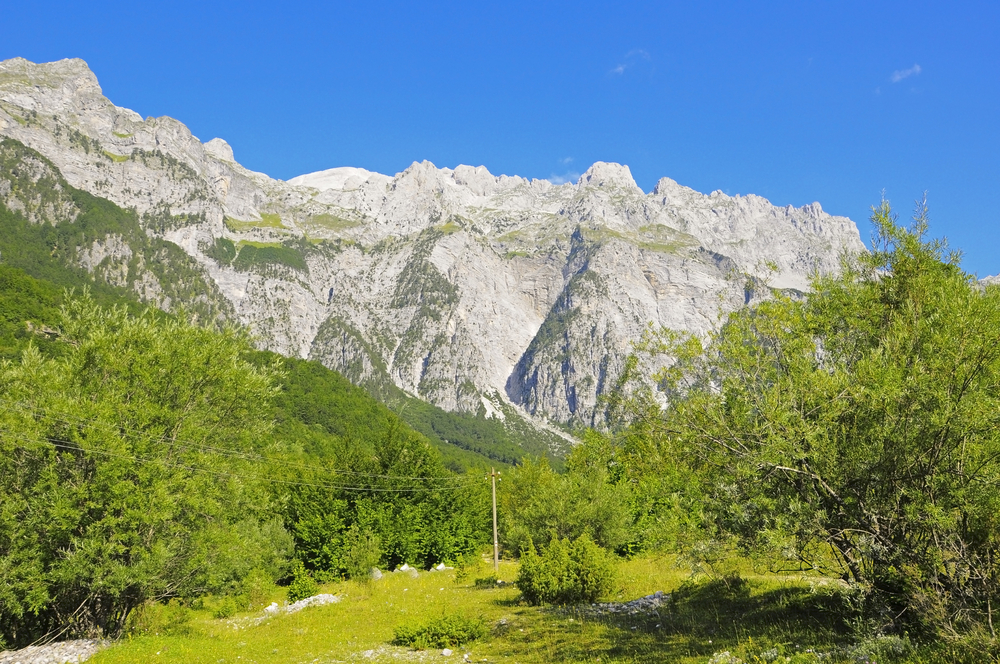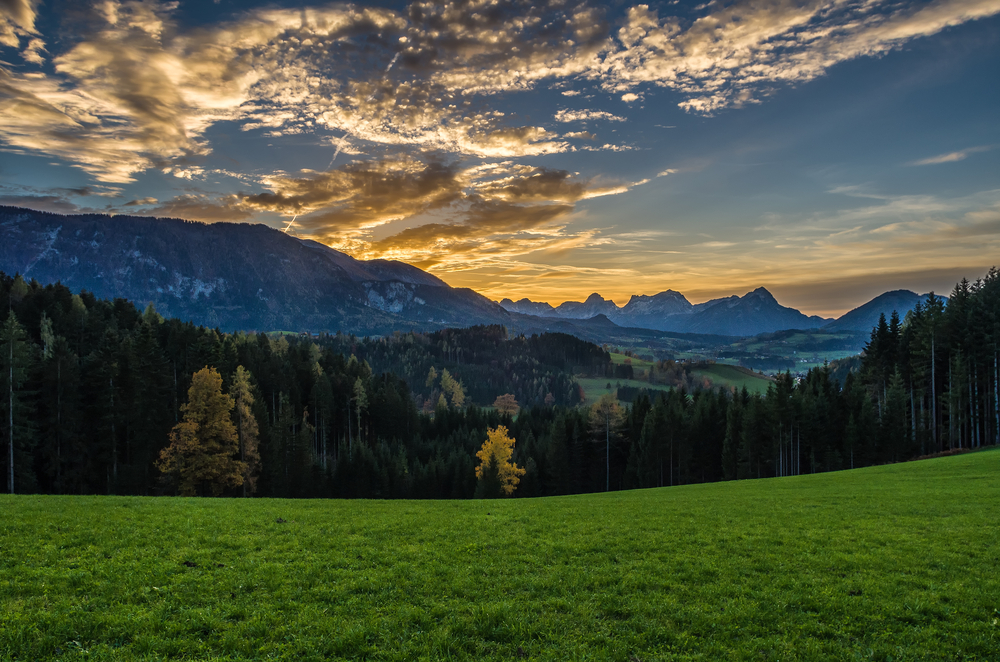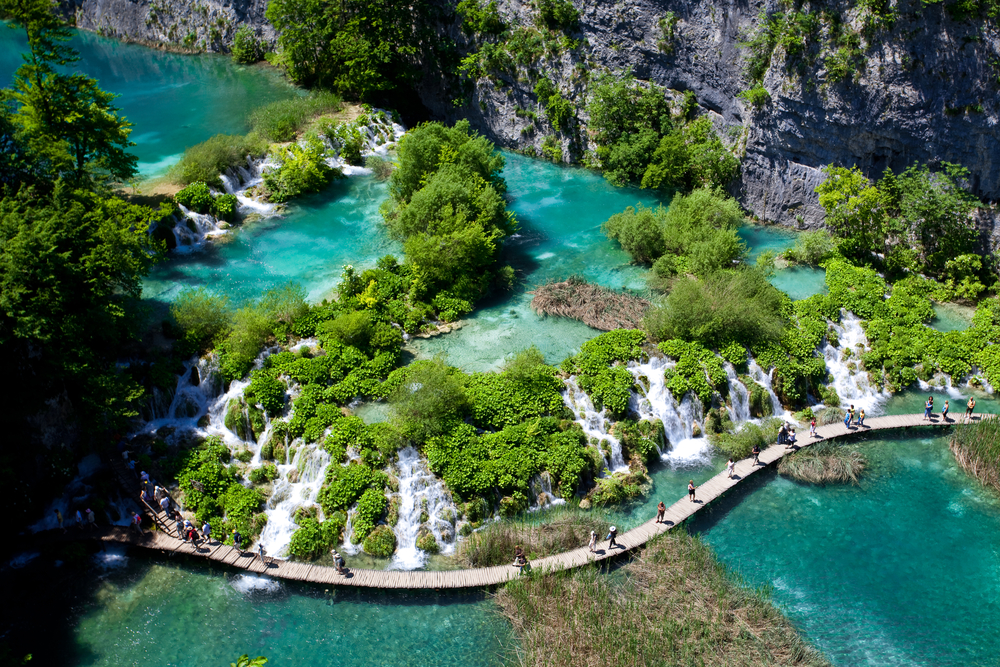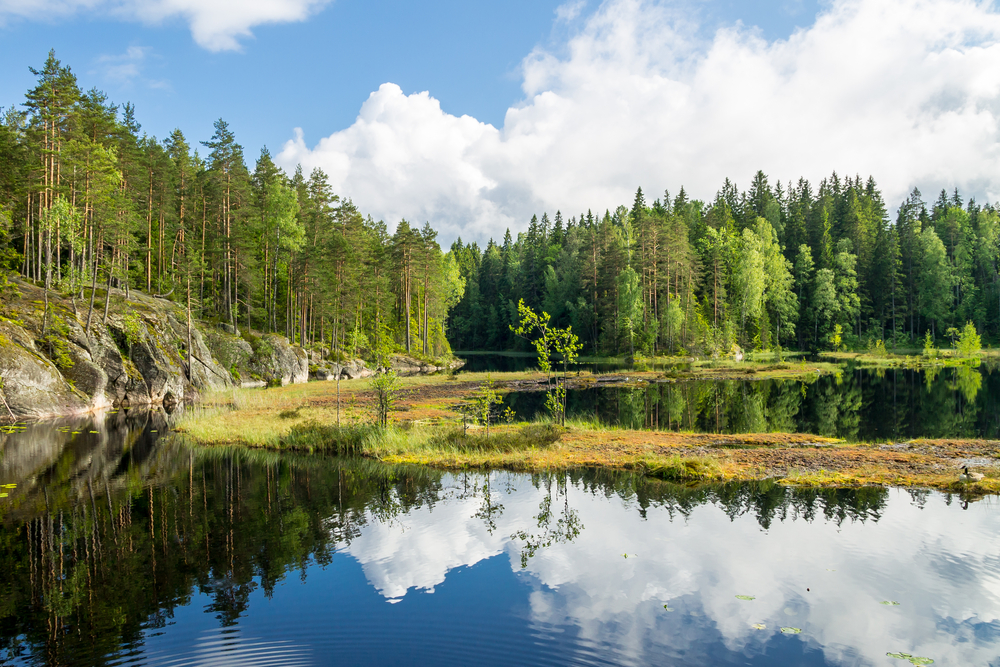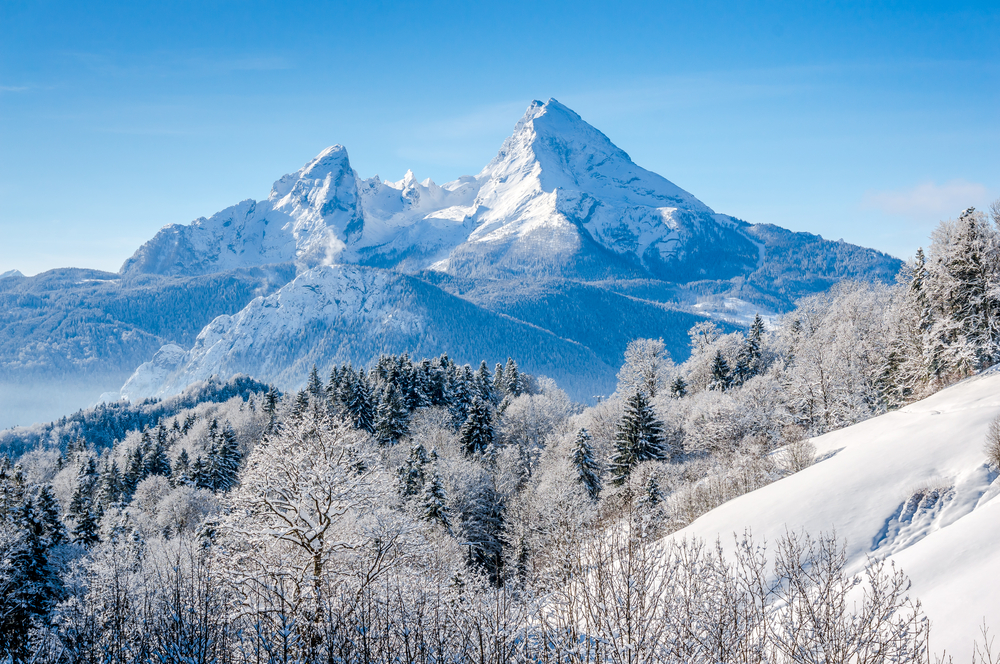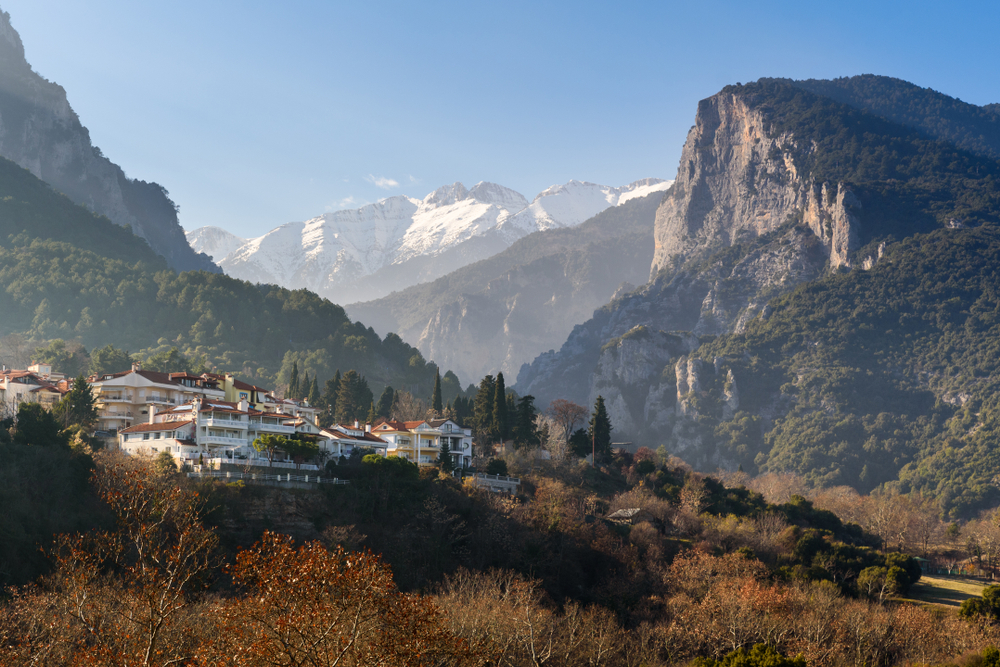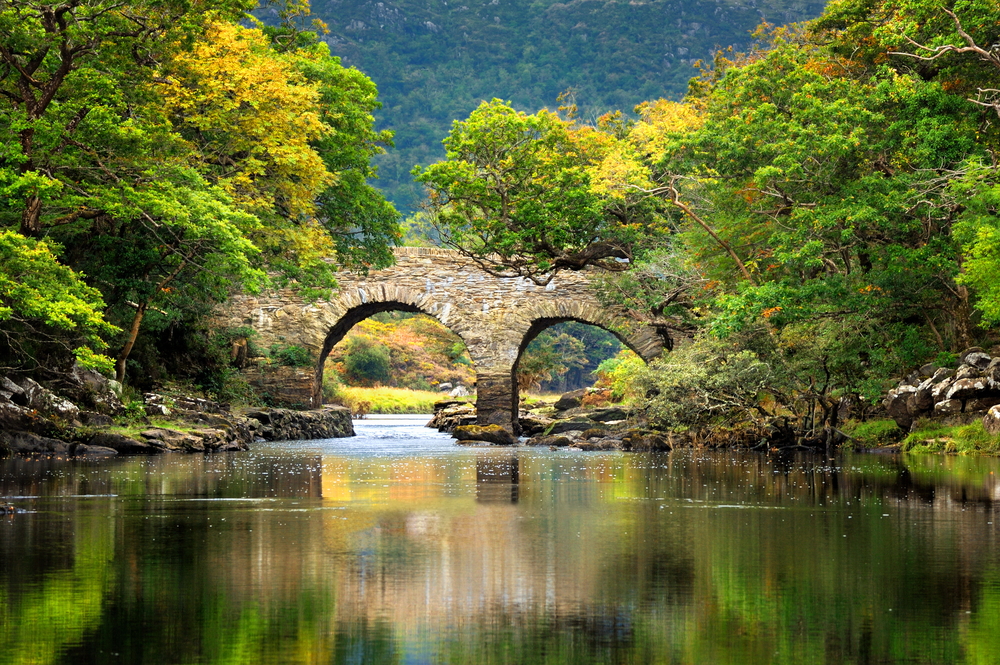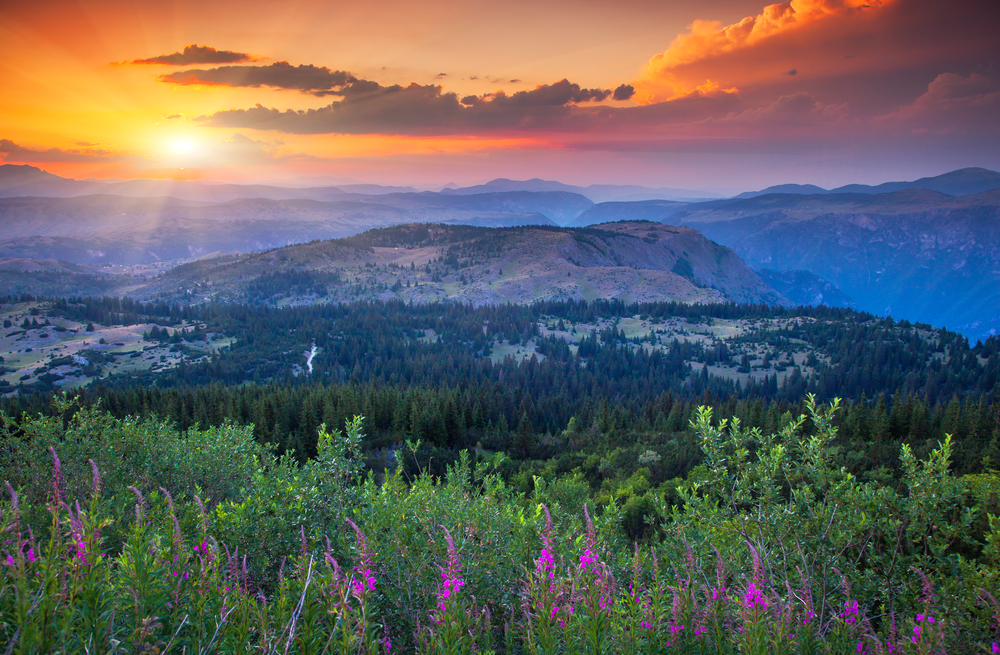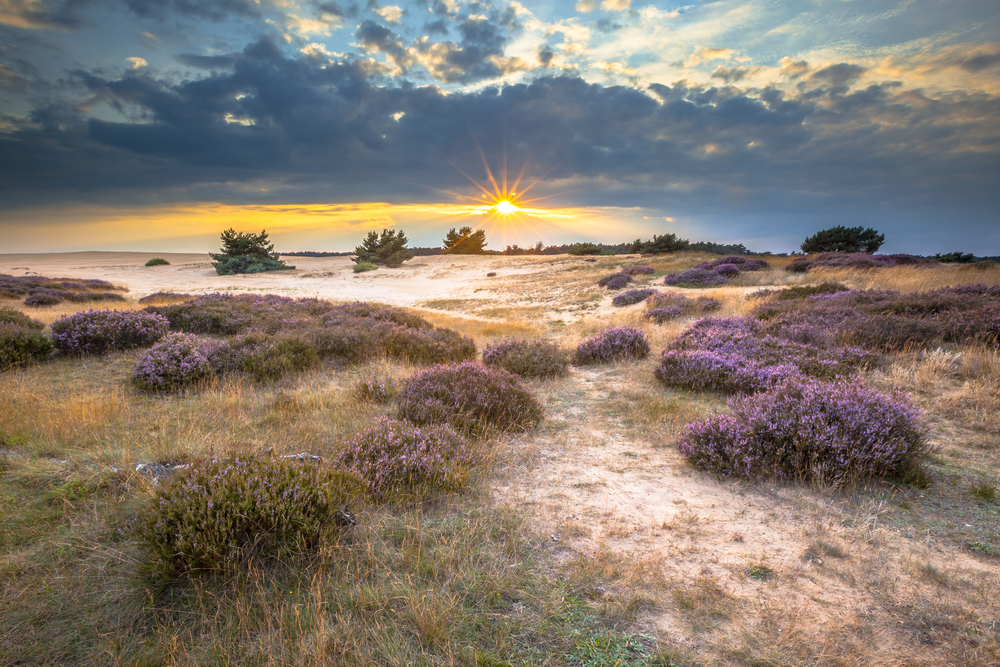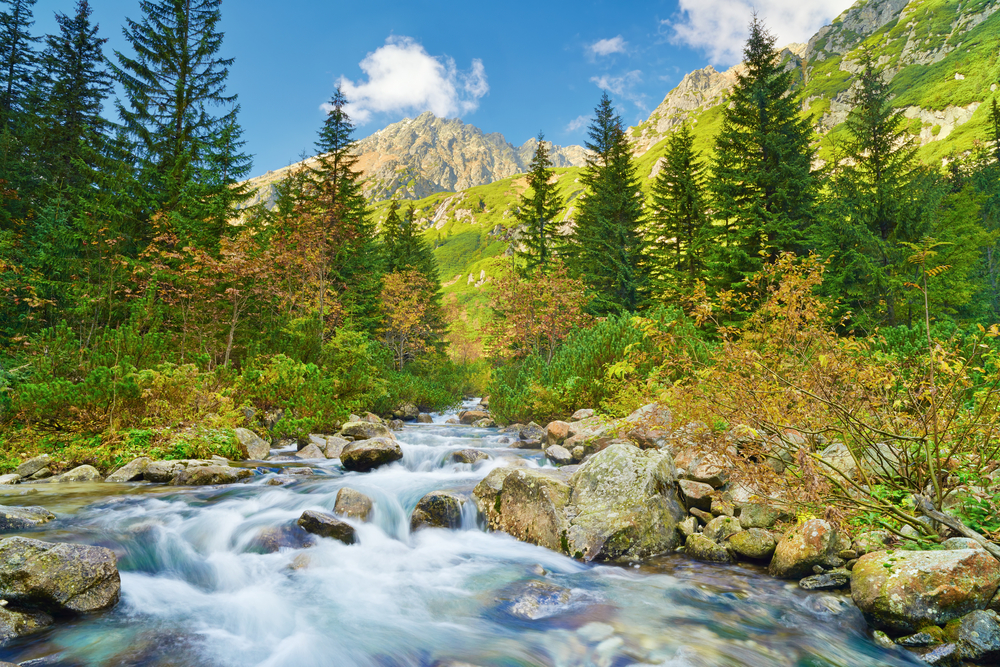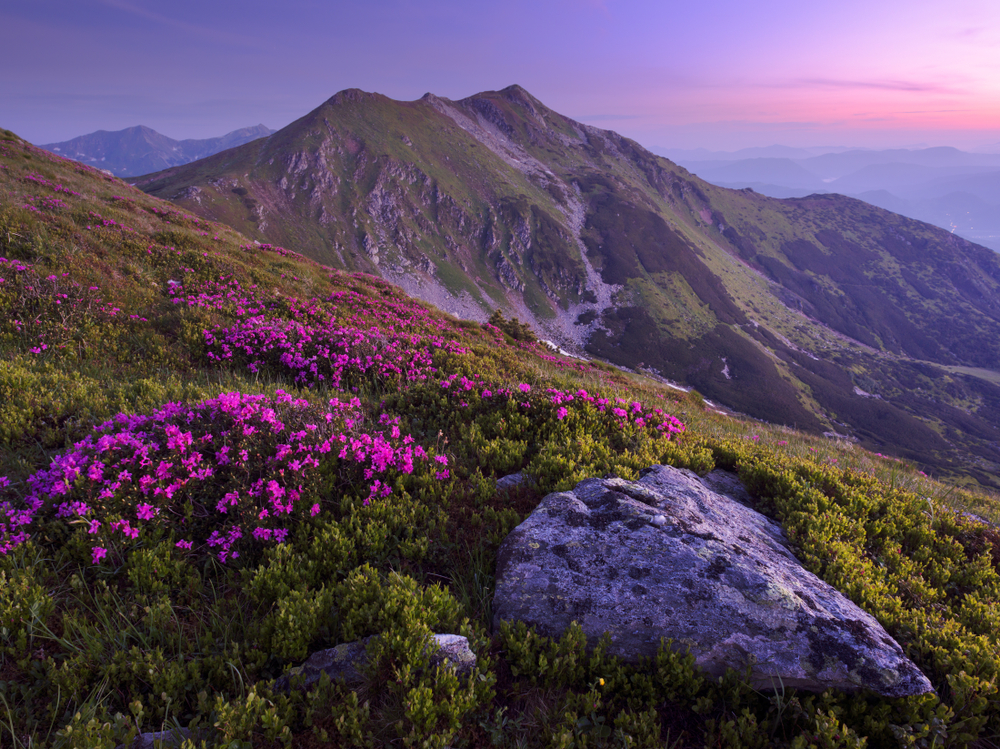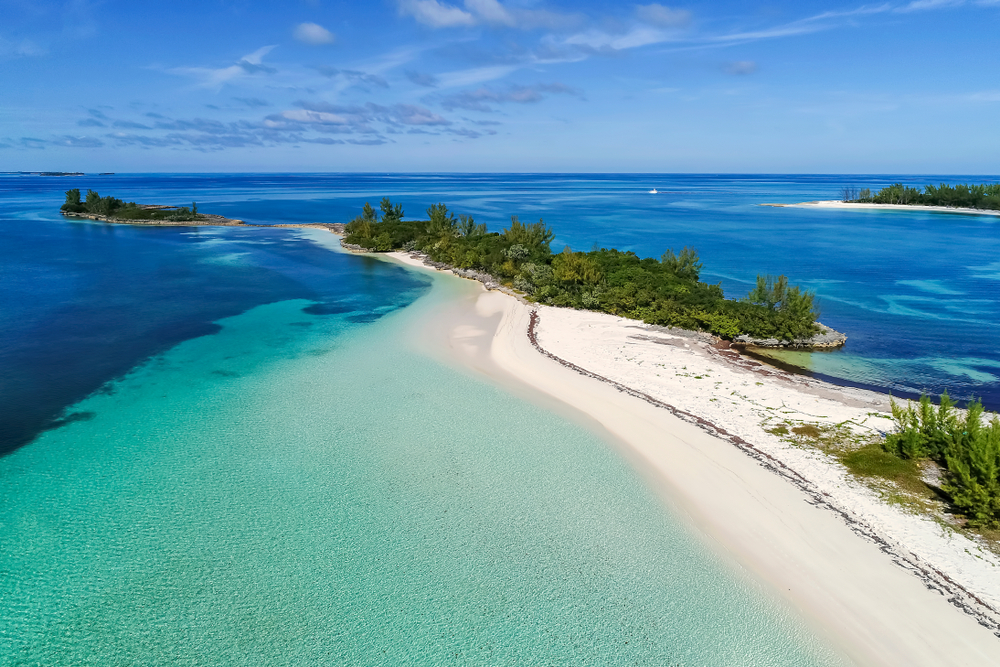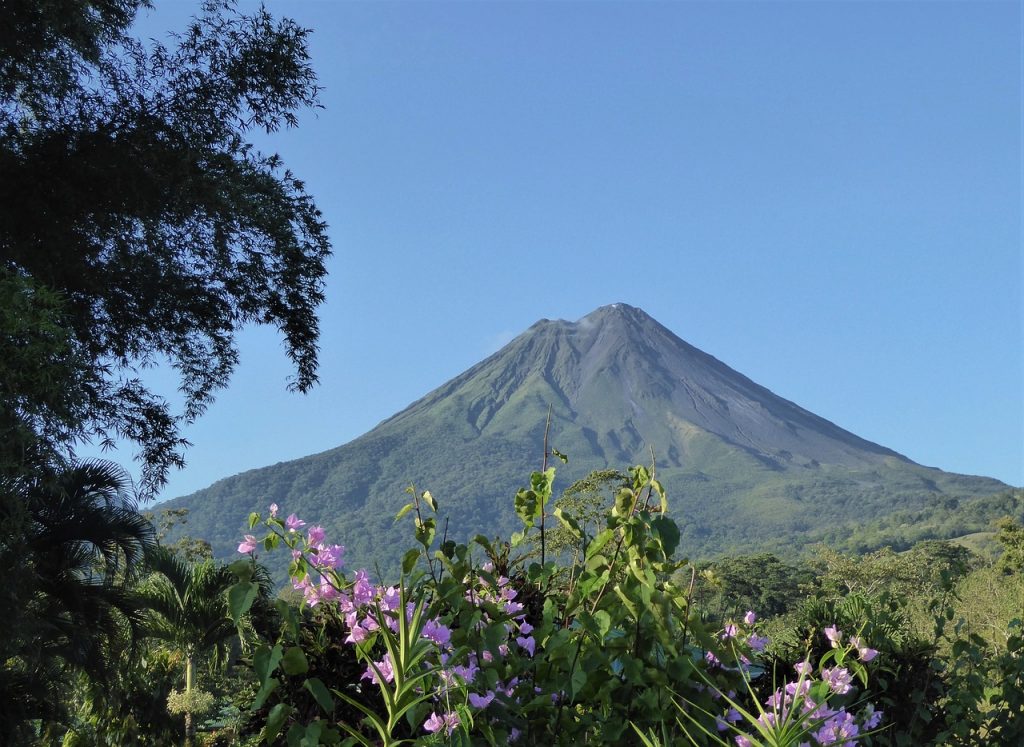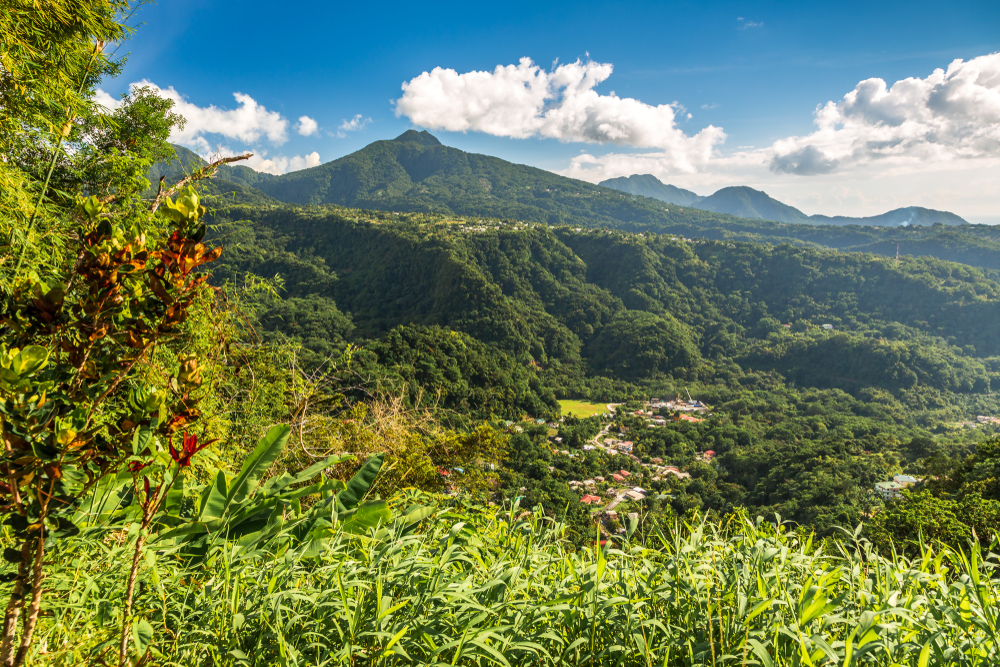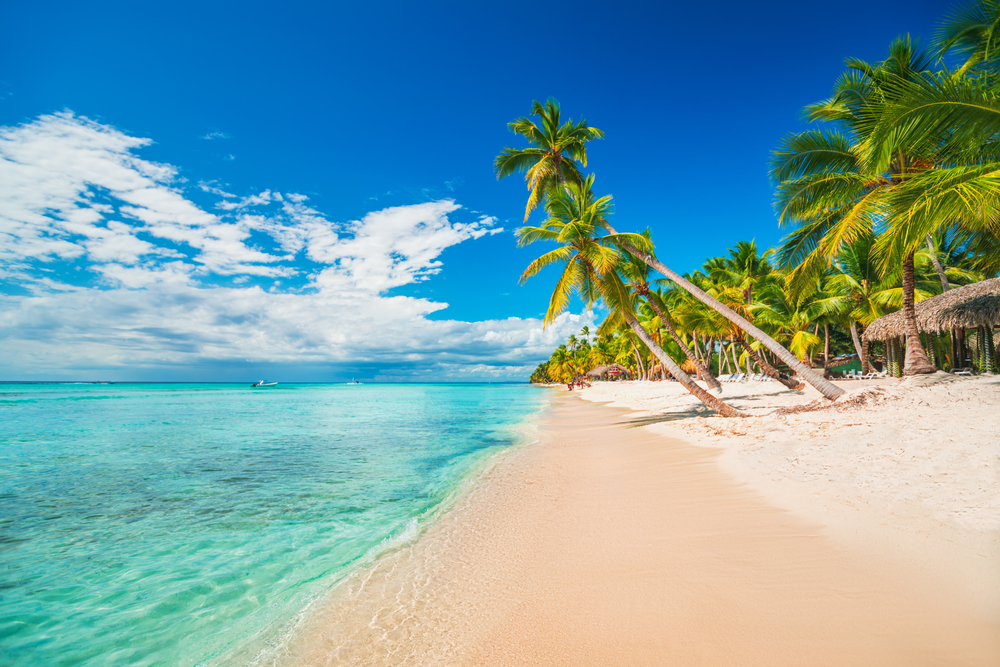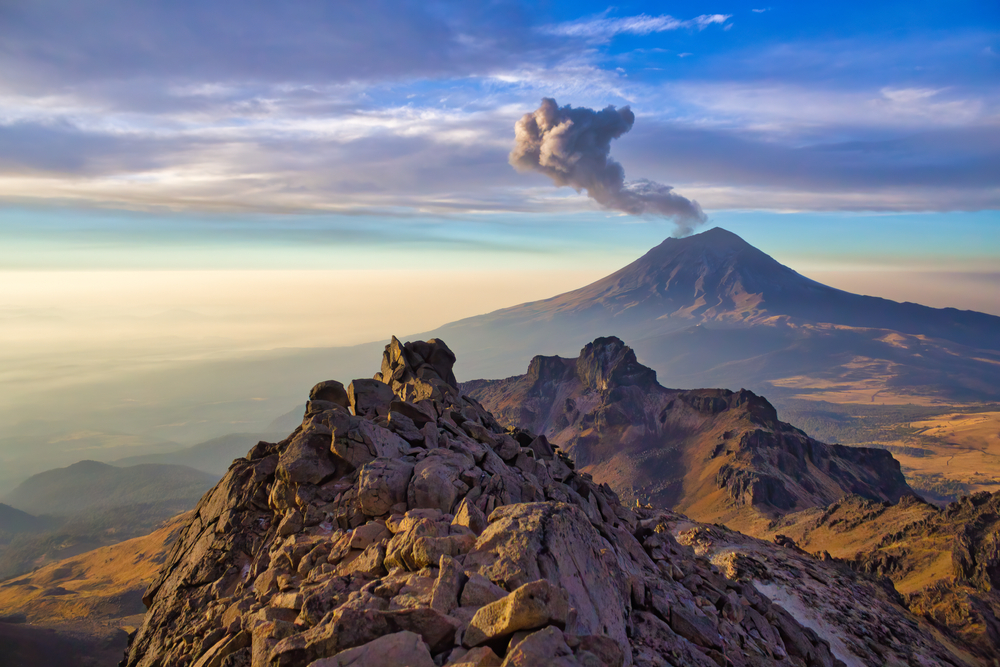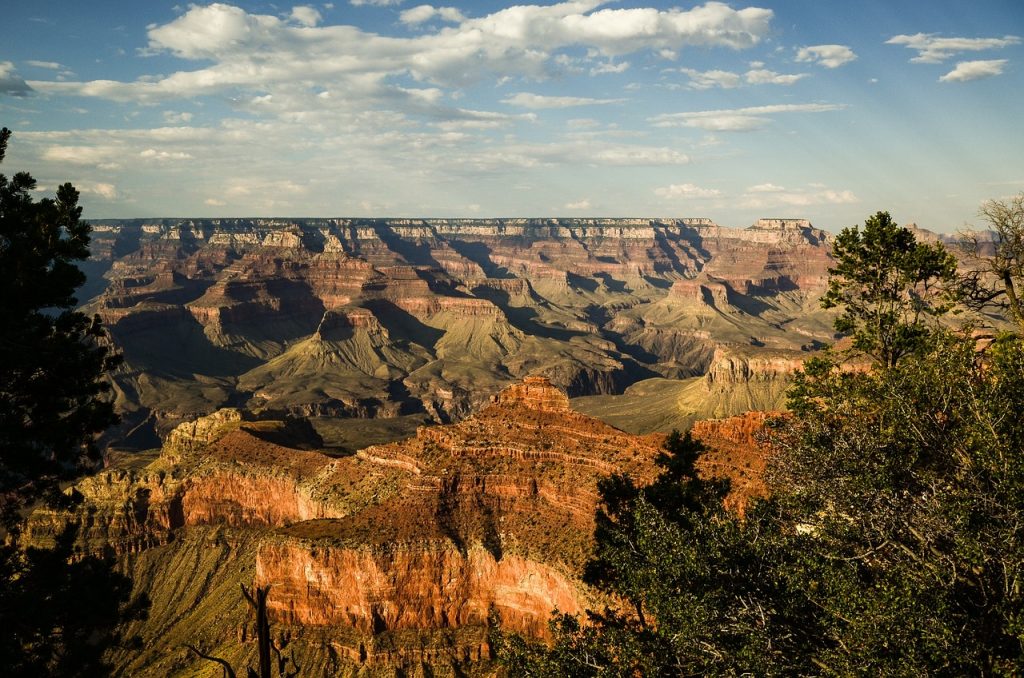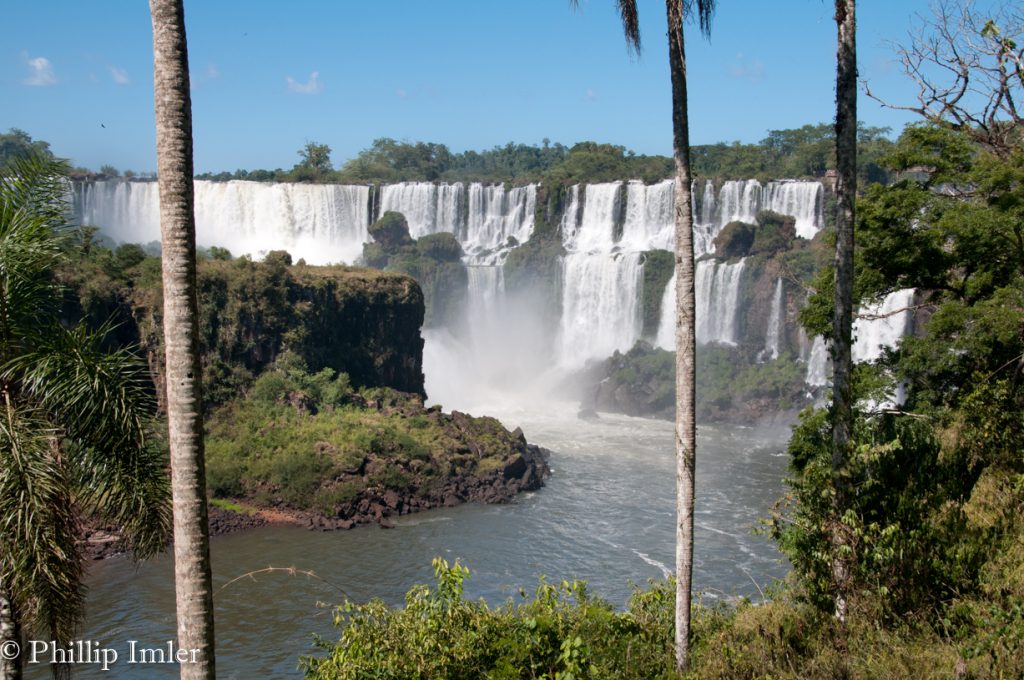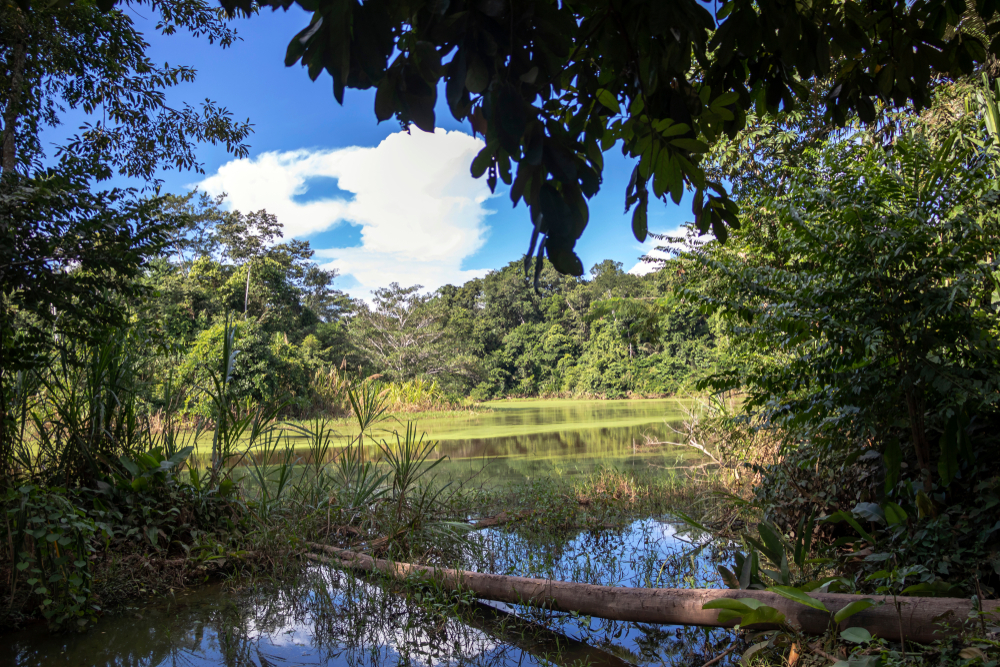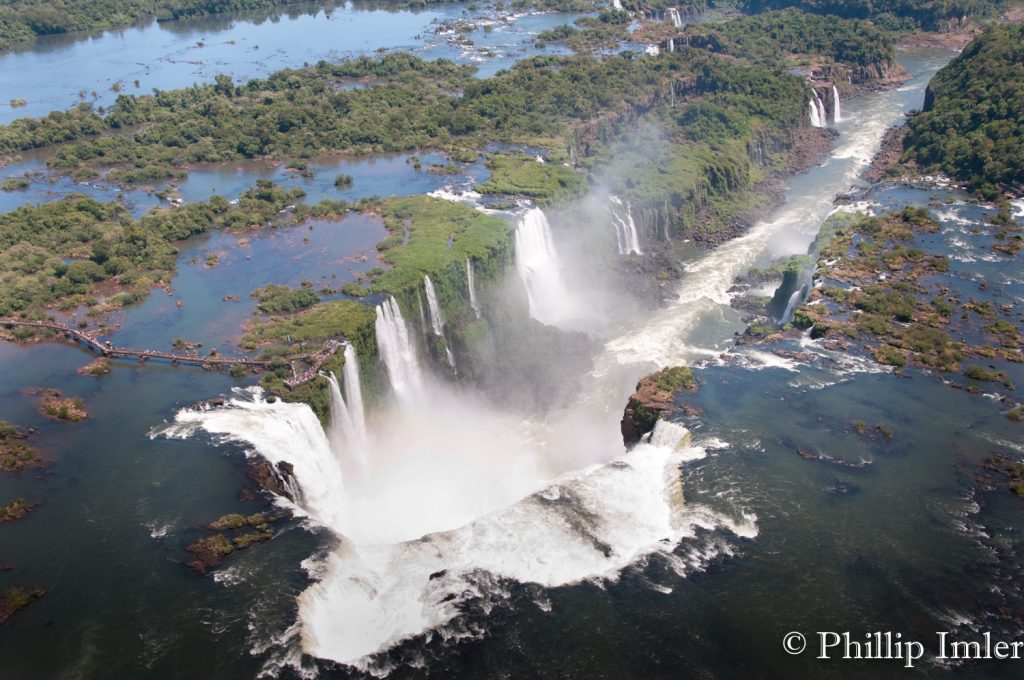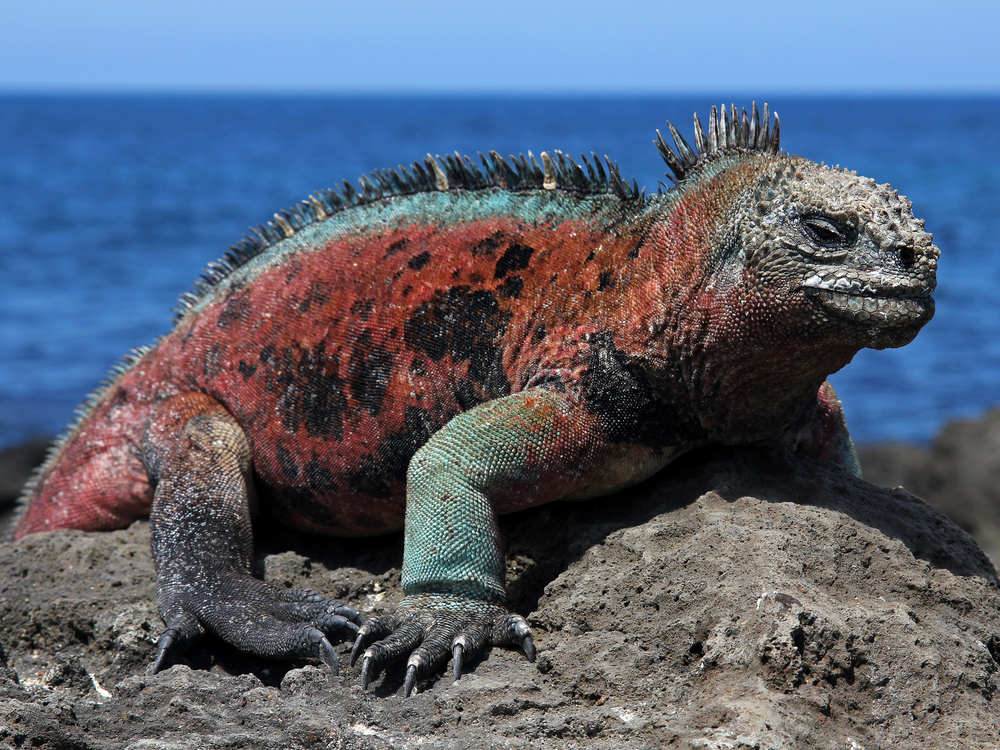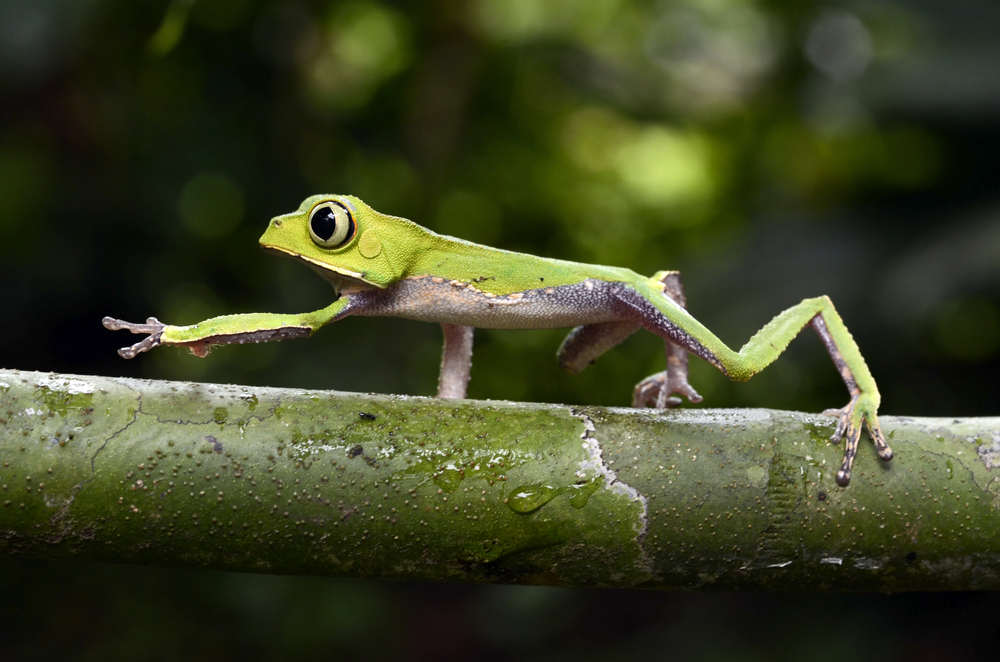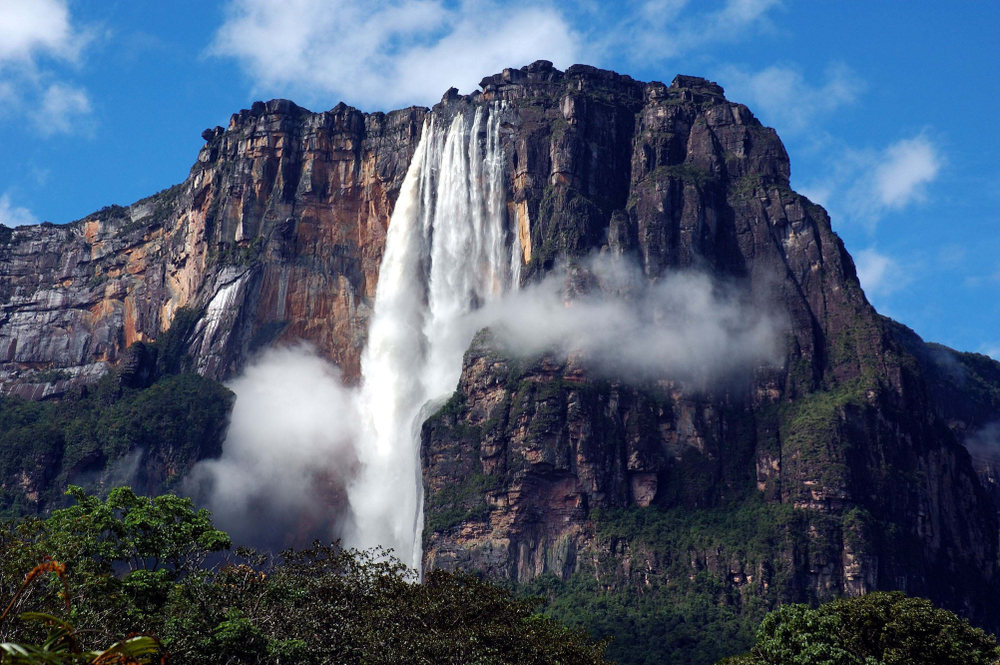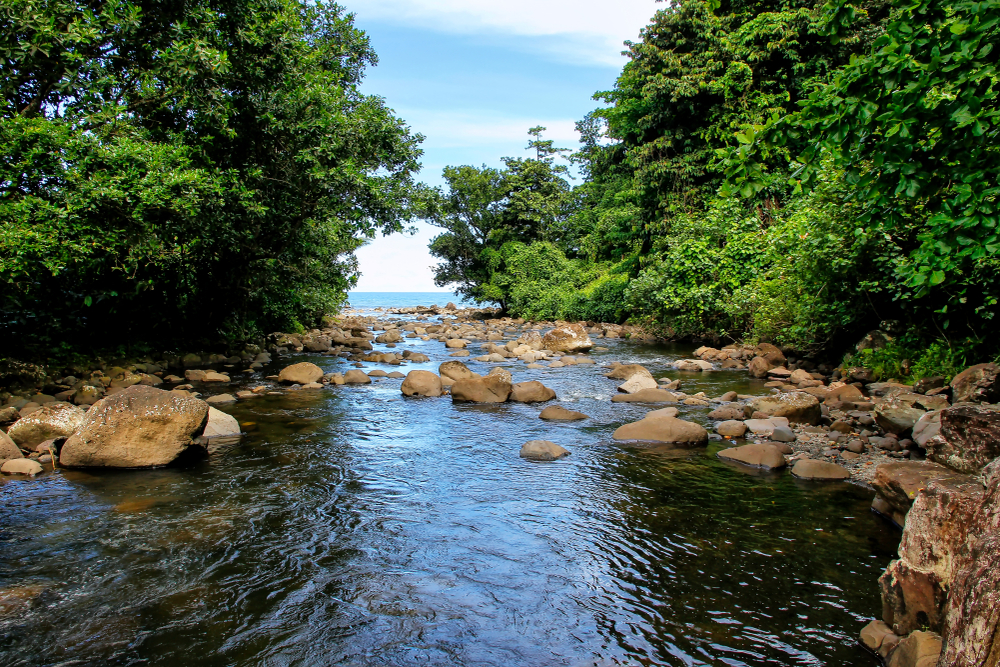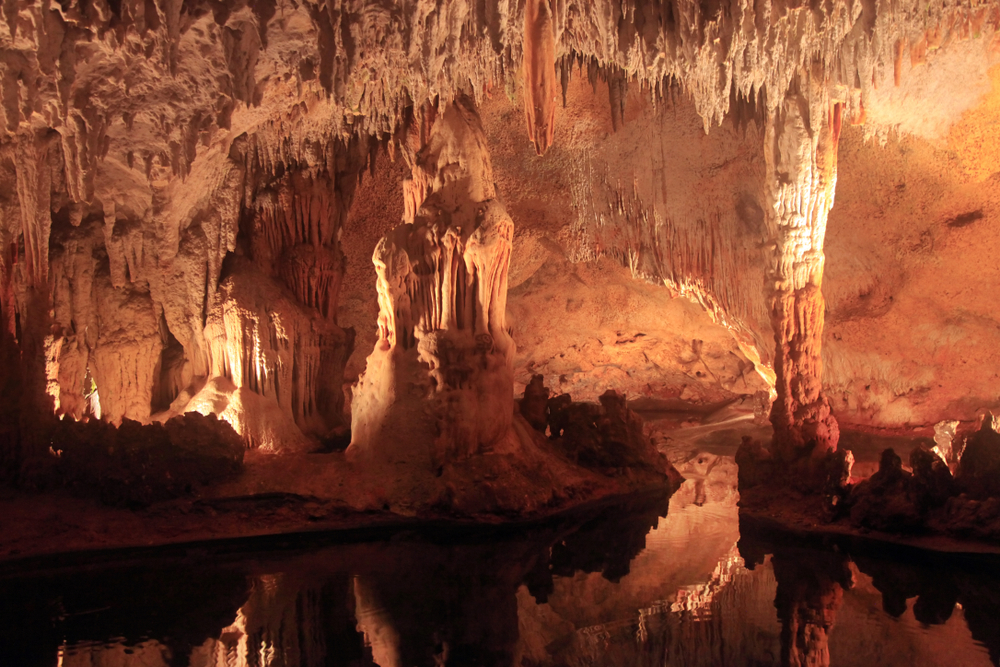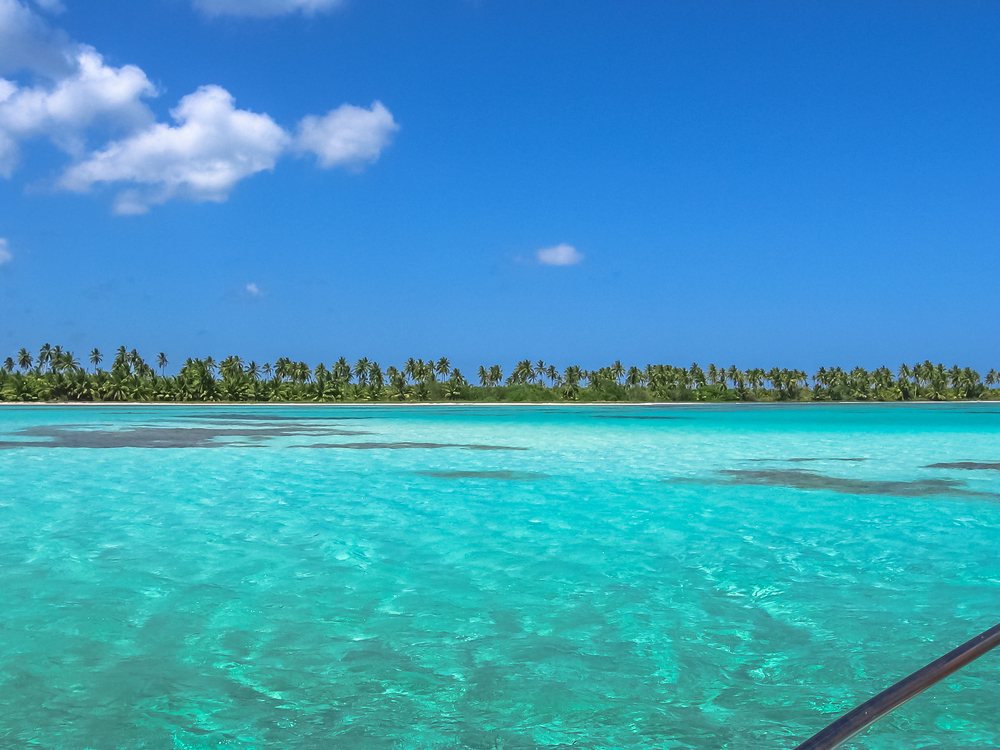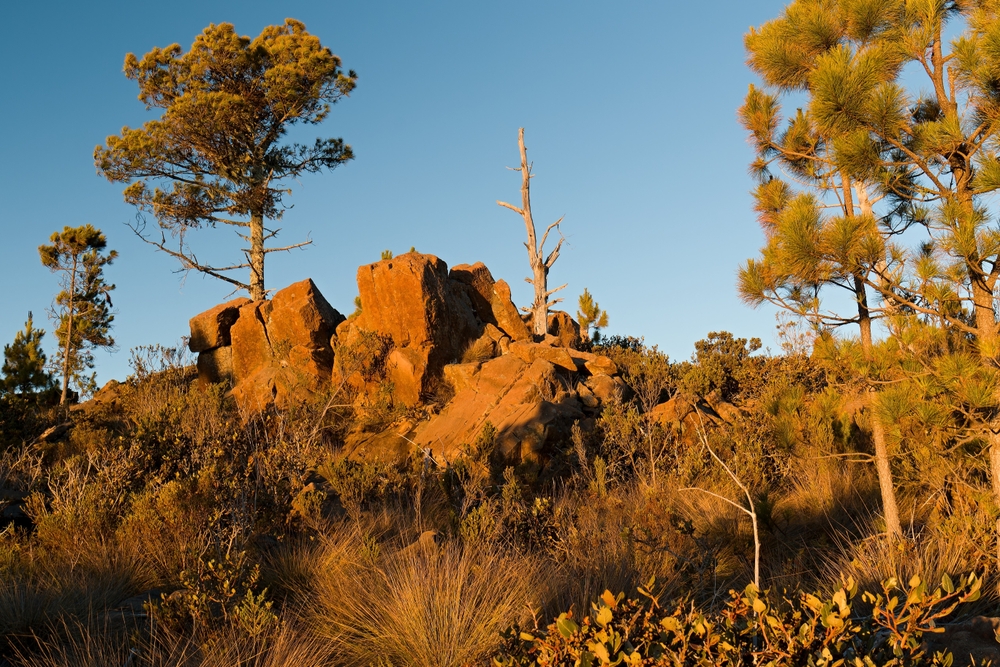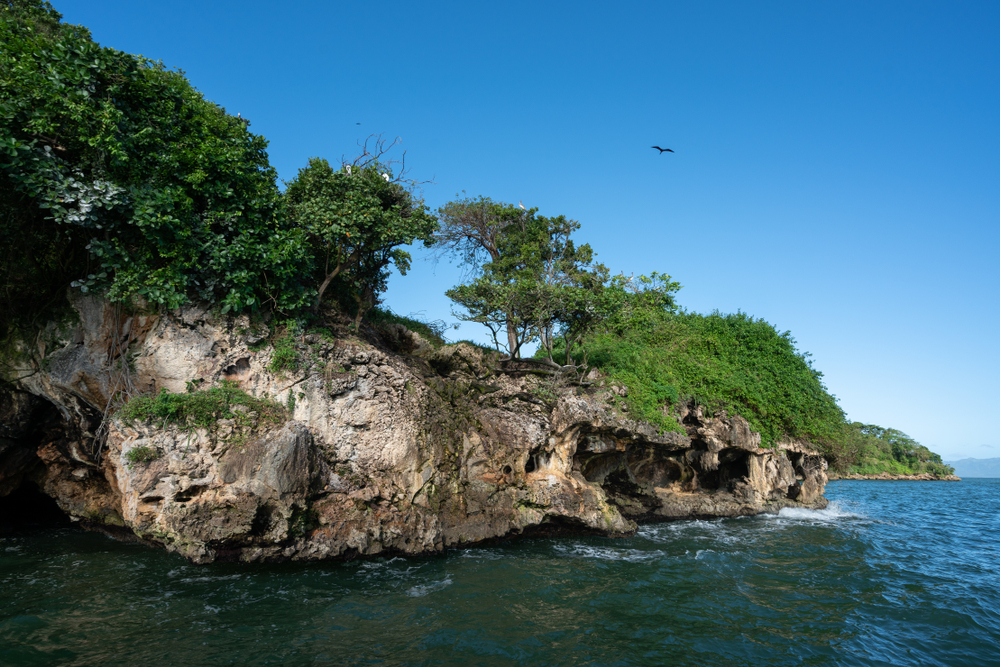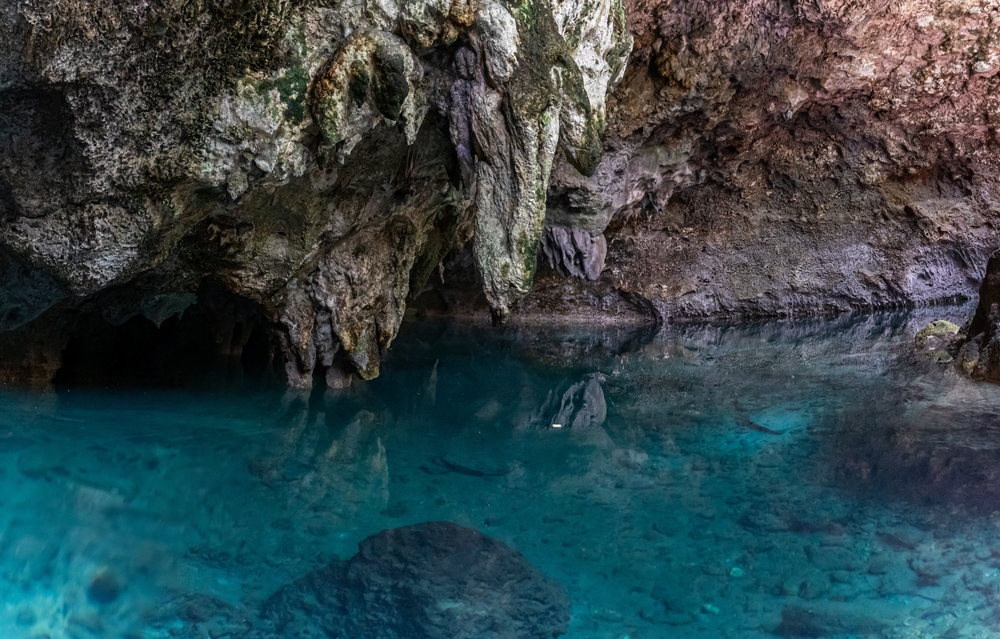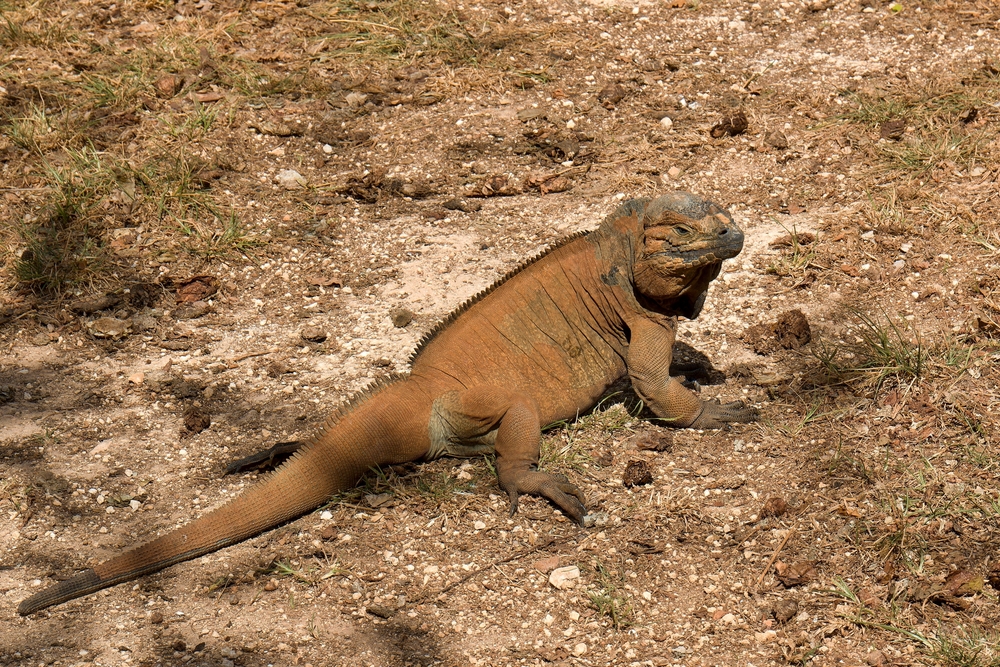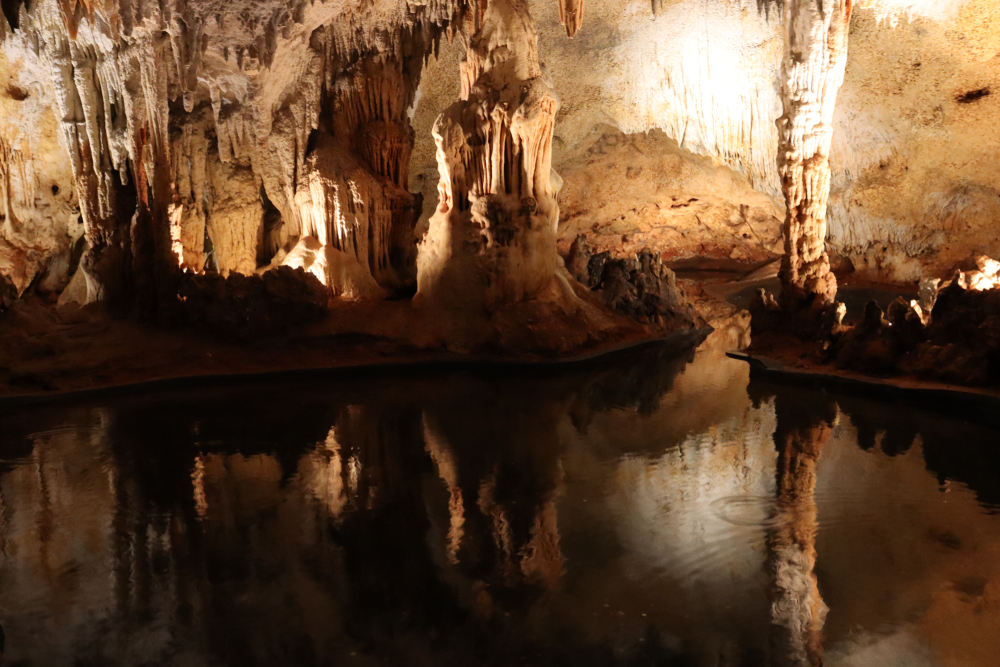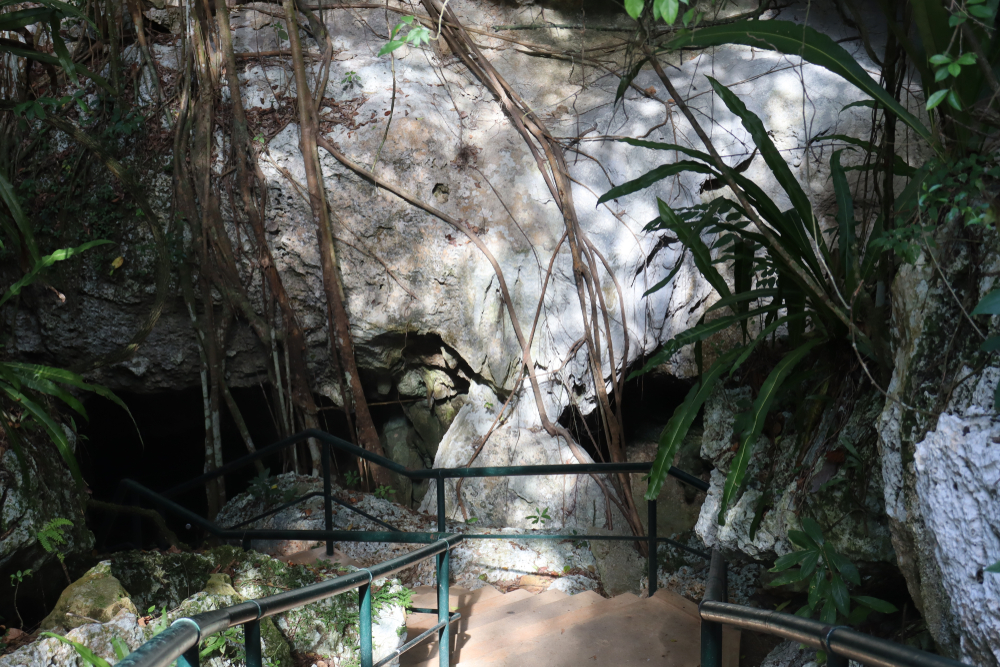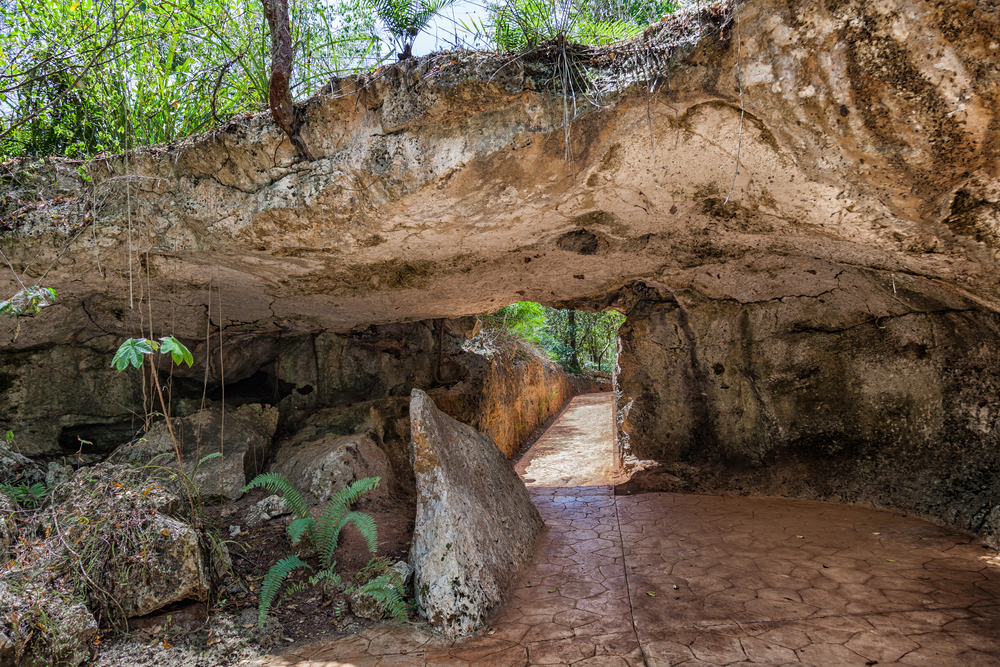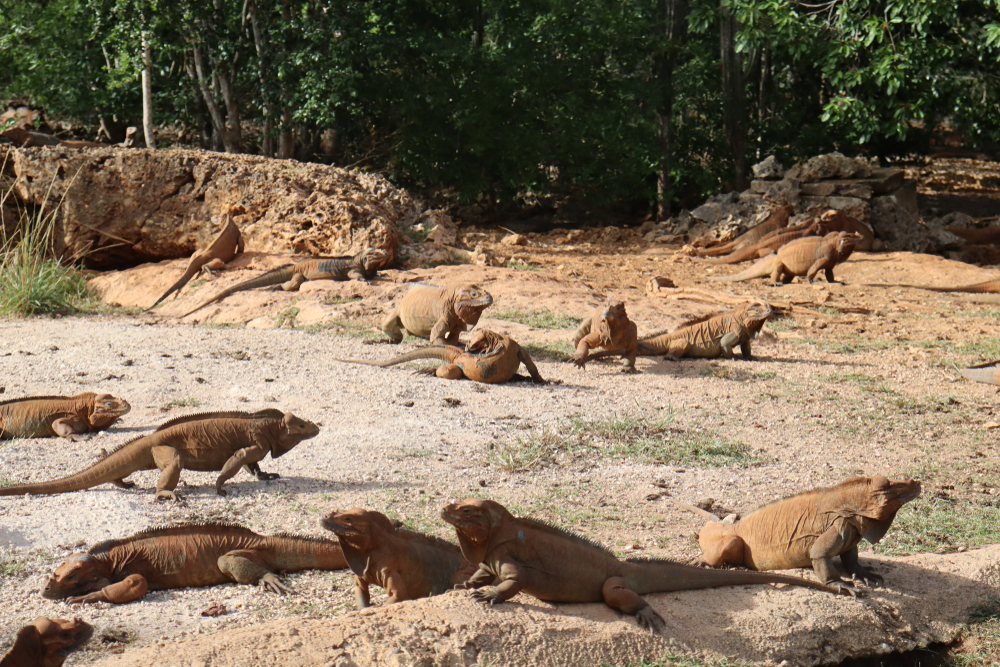Cave of Miracles Overview
Cave of Miracles National Park (locally known as Parque Nacional Cueva de las Maravillas) is located in the southeastern Dominican Republic, near the towns of San Pedro de Macorís and La Romana. Spanning 18.5 square miles (48 square kilometers), the park is renowned for its extraordinary limestone caves, which house ancient Taino petroglyphs and pictographs, giving visitors a glimpse into the rich pre-Columbian history of the island. The caves are a primary attraction, featuring well-preserved rock art and impressive stalactite and stalagmite formations that have been carved by natural processes over thousands of years.
The landscape of the park is characterized by its limestone karst formations, with rugged hills and caves dominating the scenery. The park is a mix of tropical dry forest and subtropical vegetation, providing a habitat for various endemic and native plant species. Visitors can observe different types of flora that thrive in the arid environment, such as cacti, shrubs, and other drought-resistant plants. The park also contains rich underground water sources that contribute to the cave’s natural beauty and biodiversity.
The wildlife in Cave of Miracles National Park is equally diverse, particularly with regard to birds, reptiles, and bats, which make their home in the cave systems. Bird species such as parrots, pigeons, and the Hispaniolan woodpecker can be spotted in the park, while reptiles like iguanas are often seen basking on the rocky terrain. The caves themselves are home to various species of bats, which play a crucial role in the park’s ecosystem by pollinating plants and controlling insect populations.
Overall, Cave of Miracles National Park offers a unique blend of natural beauty, historical significance, and ecological diversity.
Park Map
Cave of Miracles National Park Highlights
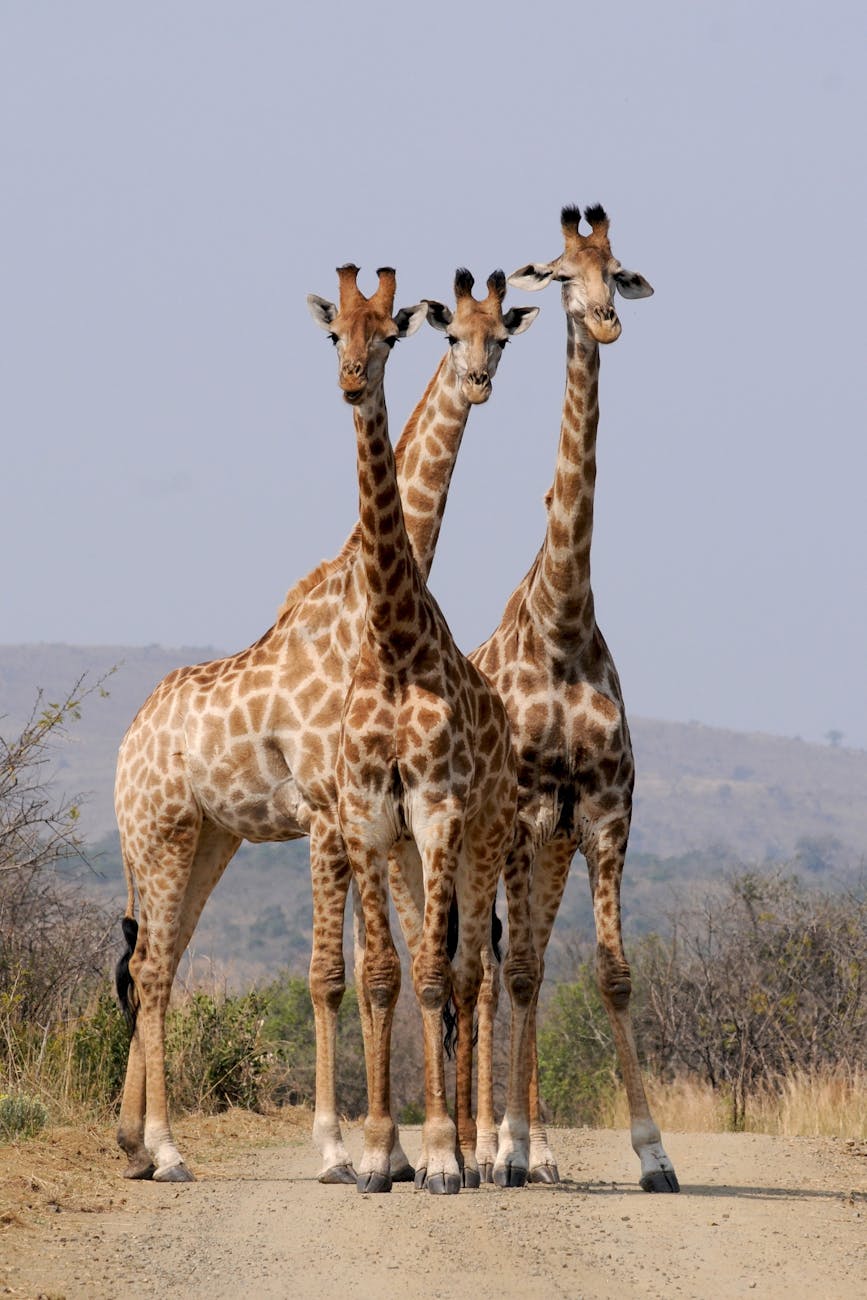
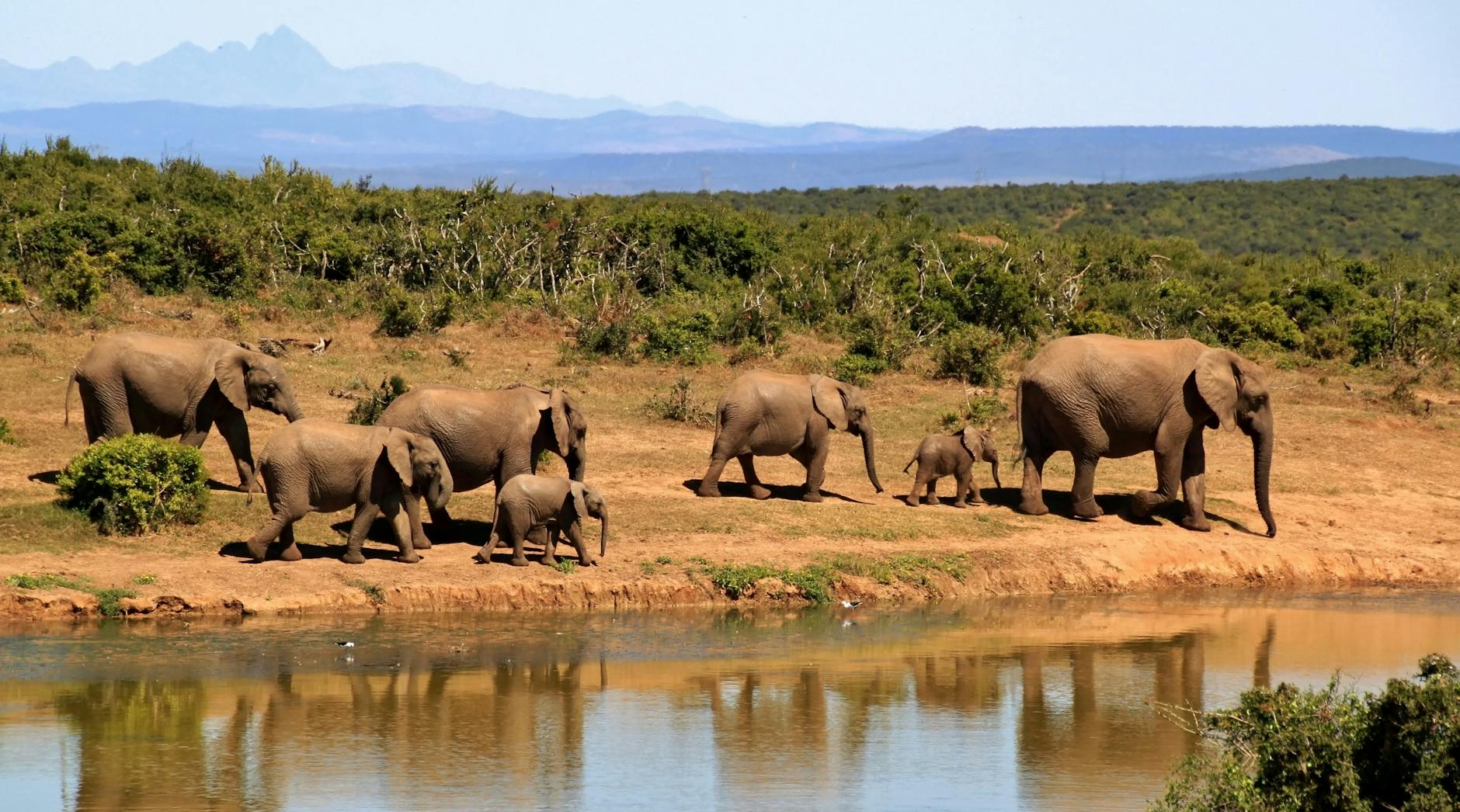
Share your clicks with us
You can now upload photos of national parks with just few steps.
Engaging Cave of Miracles
Sources
- Dominican Republic Tourism, Cueva de las Maravillas, https://www.godominicanrepublic.com/listing/cueva-de-las-maravillas/57/, retrieved August 2024.
- Go Dominican Travel, Cueva de las Maravillas, https://www.godominicantravel.com/cueva-de-las-maravillas/, retrieved August 2024.
- Trip Savvy, Visiting the Cave of Miracles National Park, https://www.tripsavvy.com/cueva-de-las-maravillas-dominican-republic-1487588, retrieved August 2024.
- Visit Dominican Republic, Cueva de las Maravillas National Park, https://visitdominicanrepublic.com/destinations/cueva-de-las-maravillas/, retrieved August 2024.
- Wikipedia, Cueva de las Maravillas National Park, https://en.wikipedia.org/wiki/Cueva_de_las_Maravillas_National_Park, retrieved August 2024.

